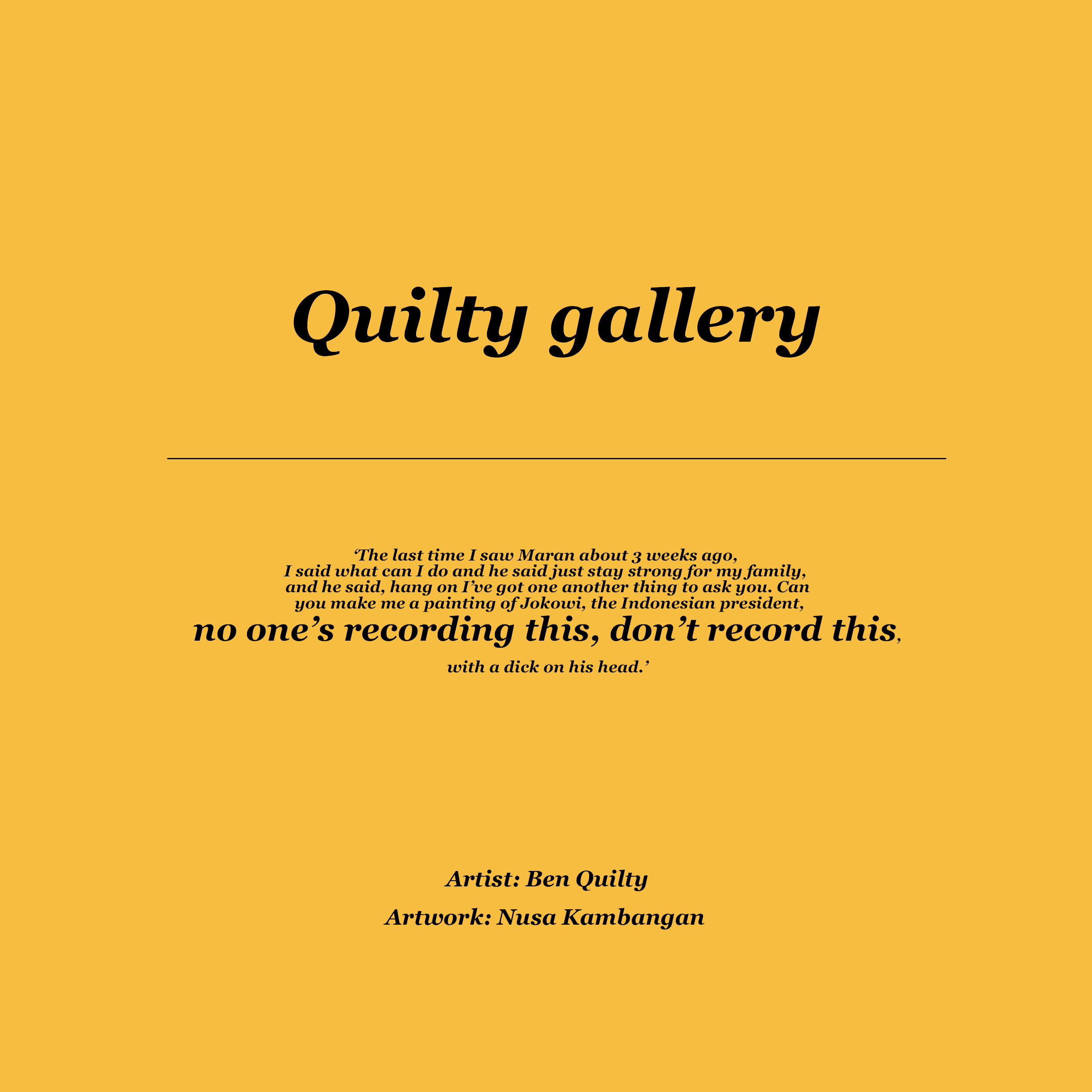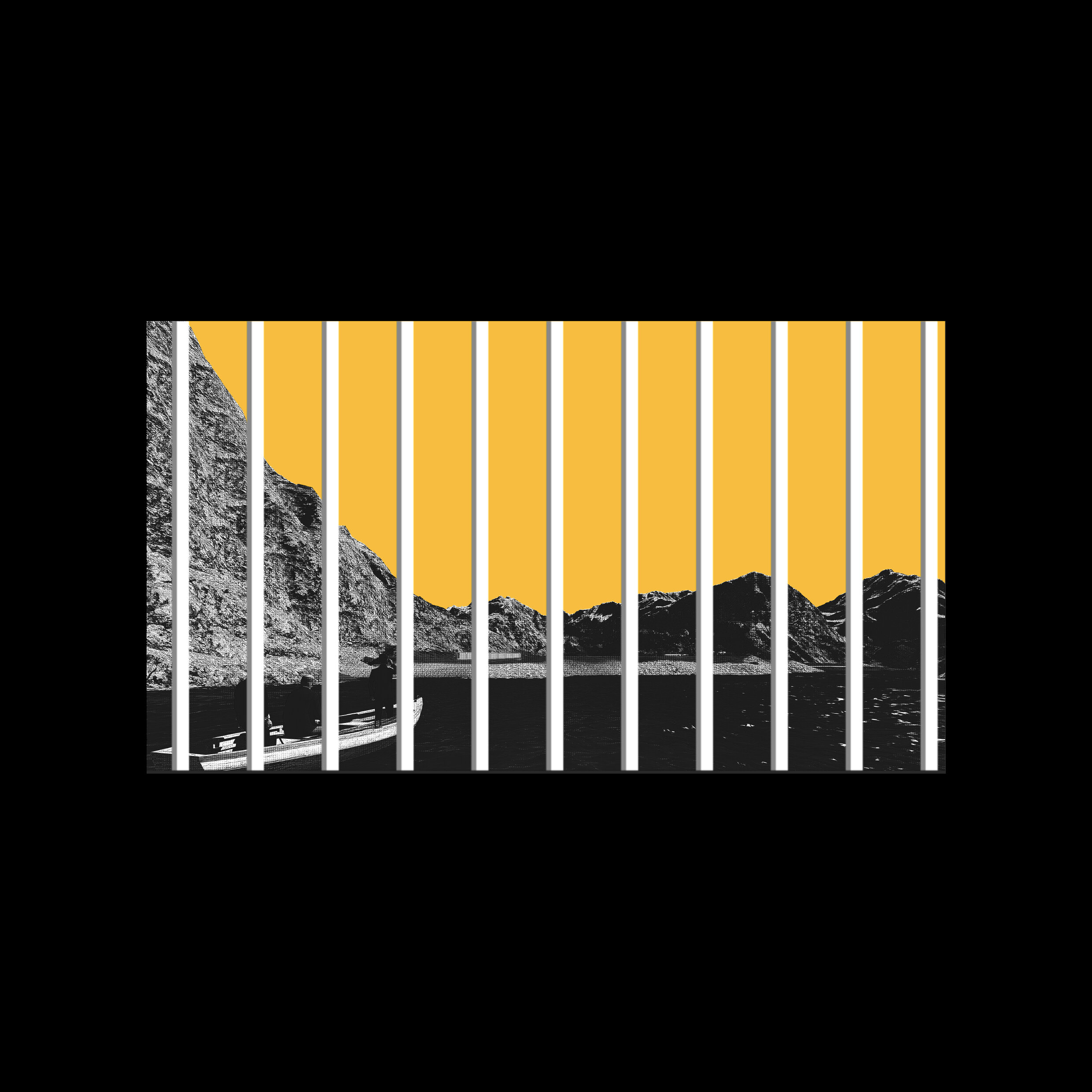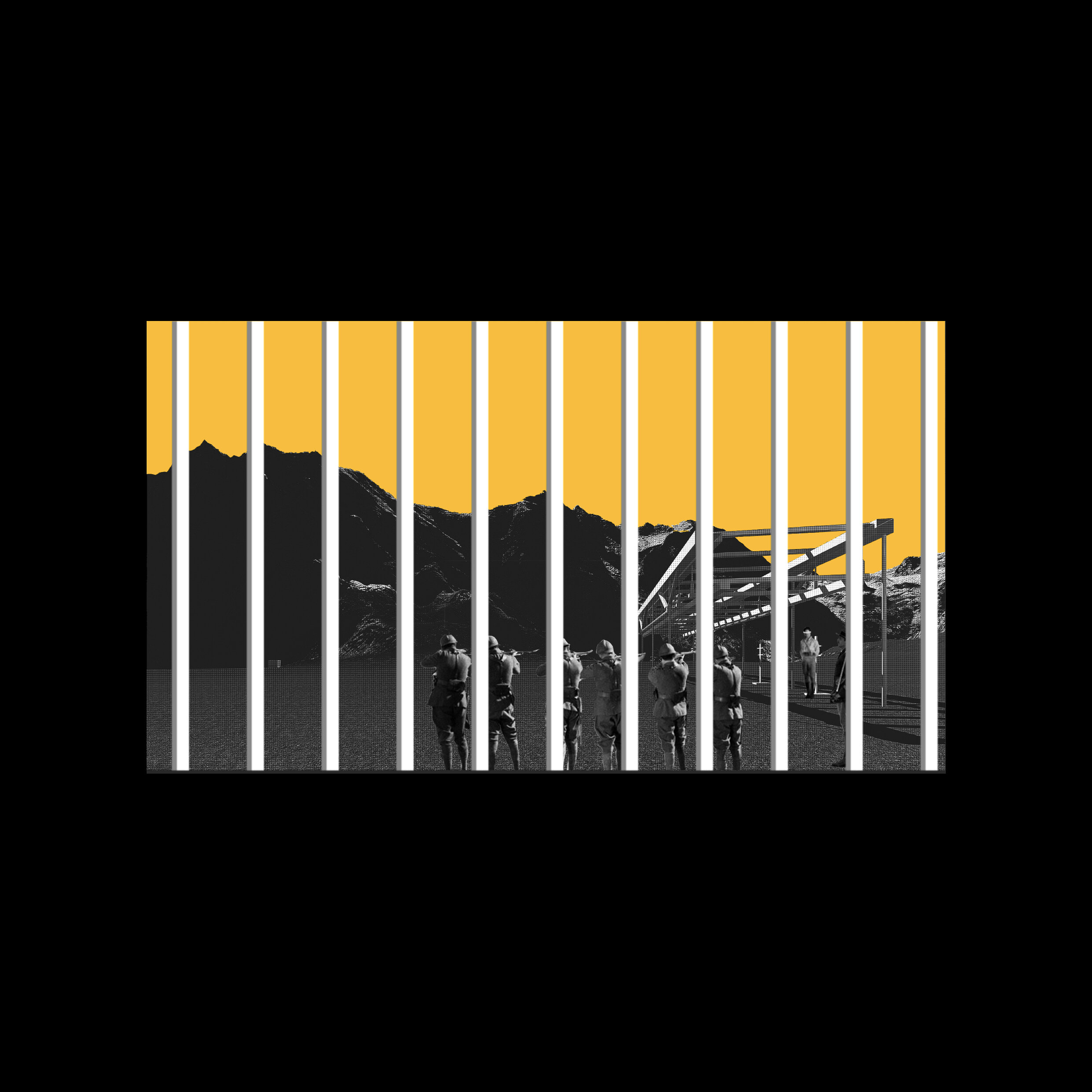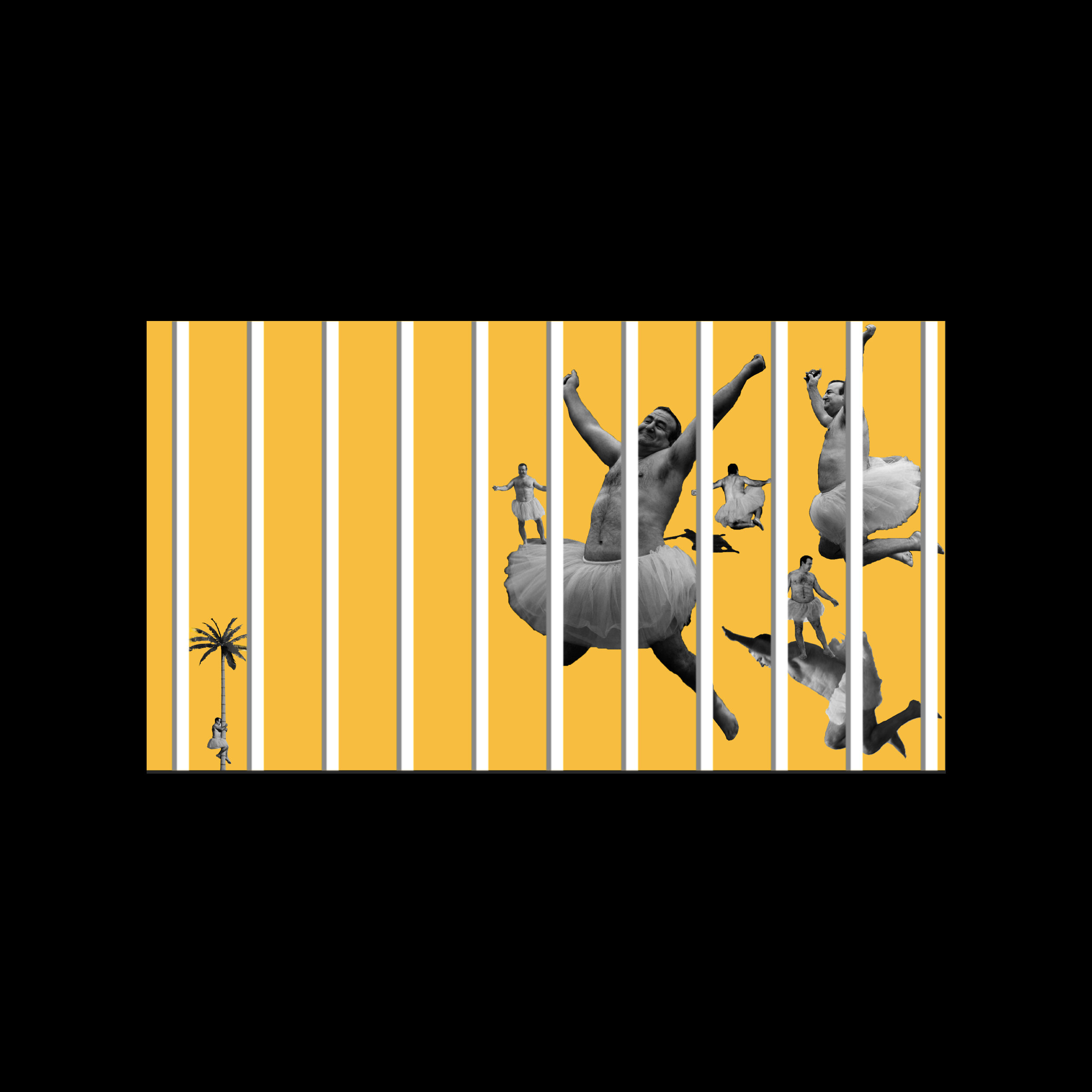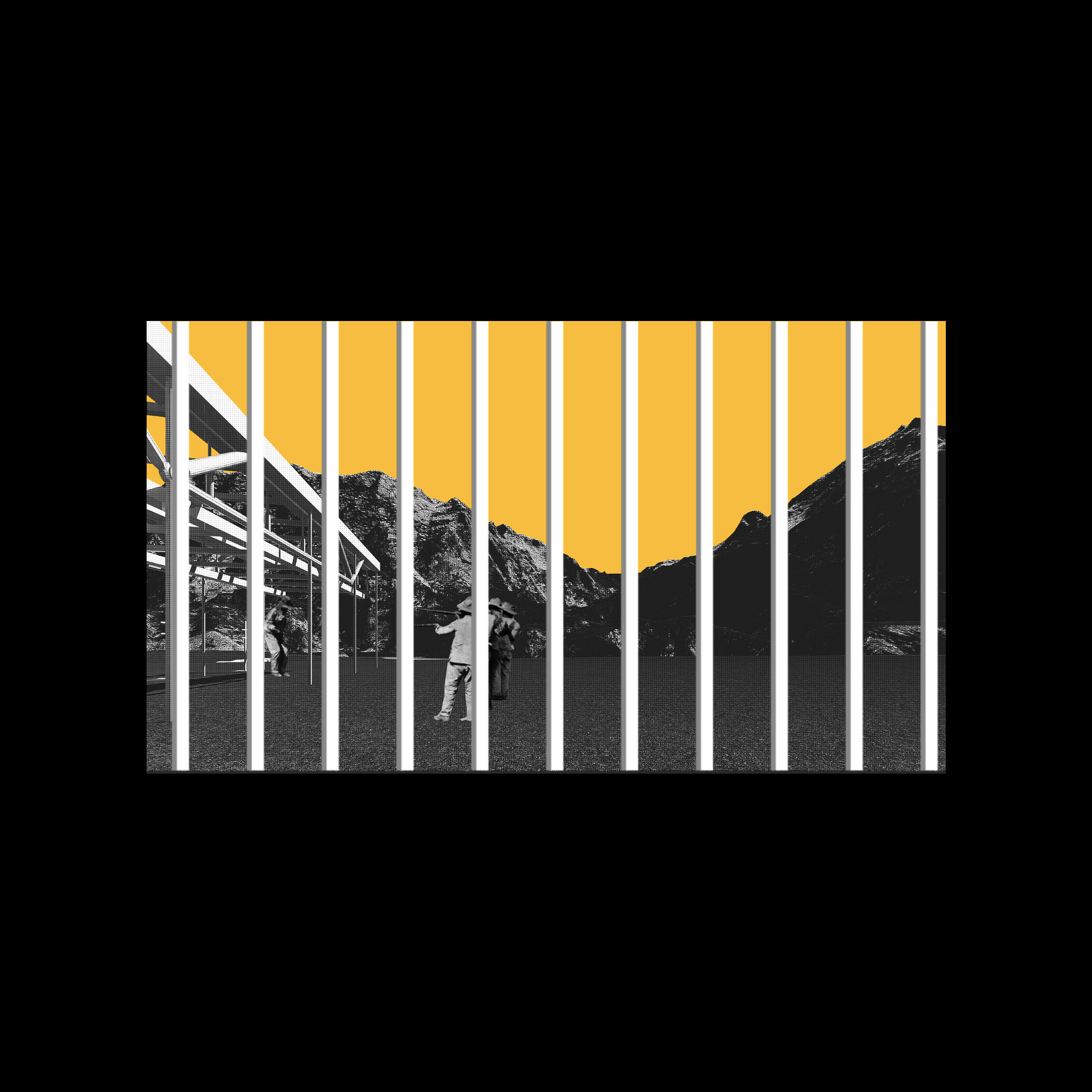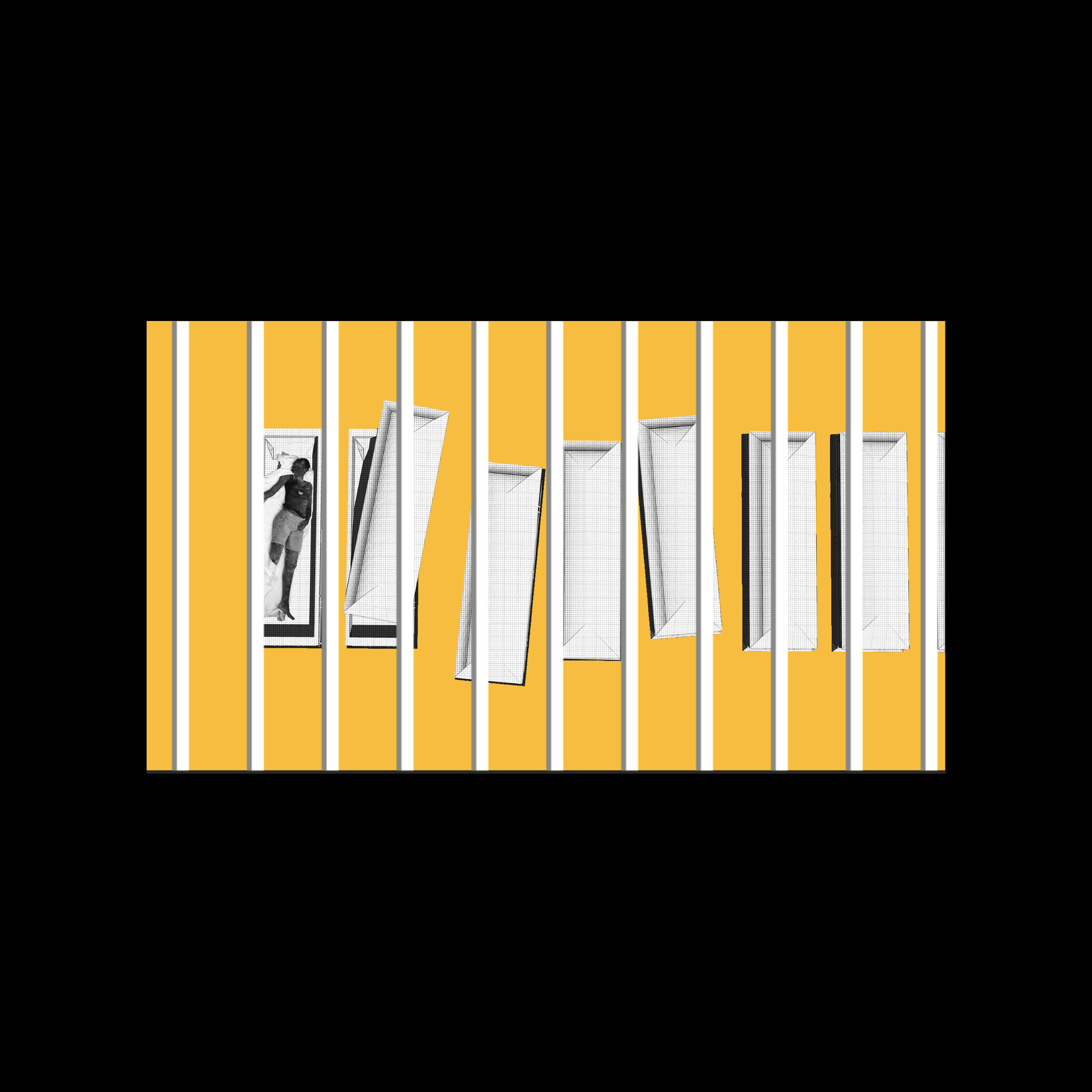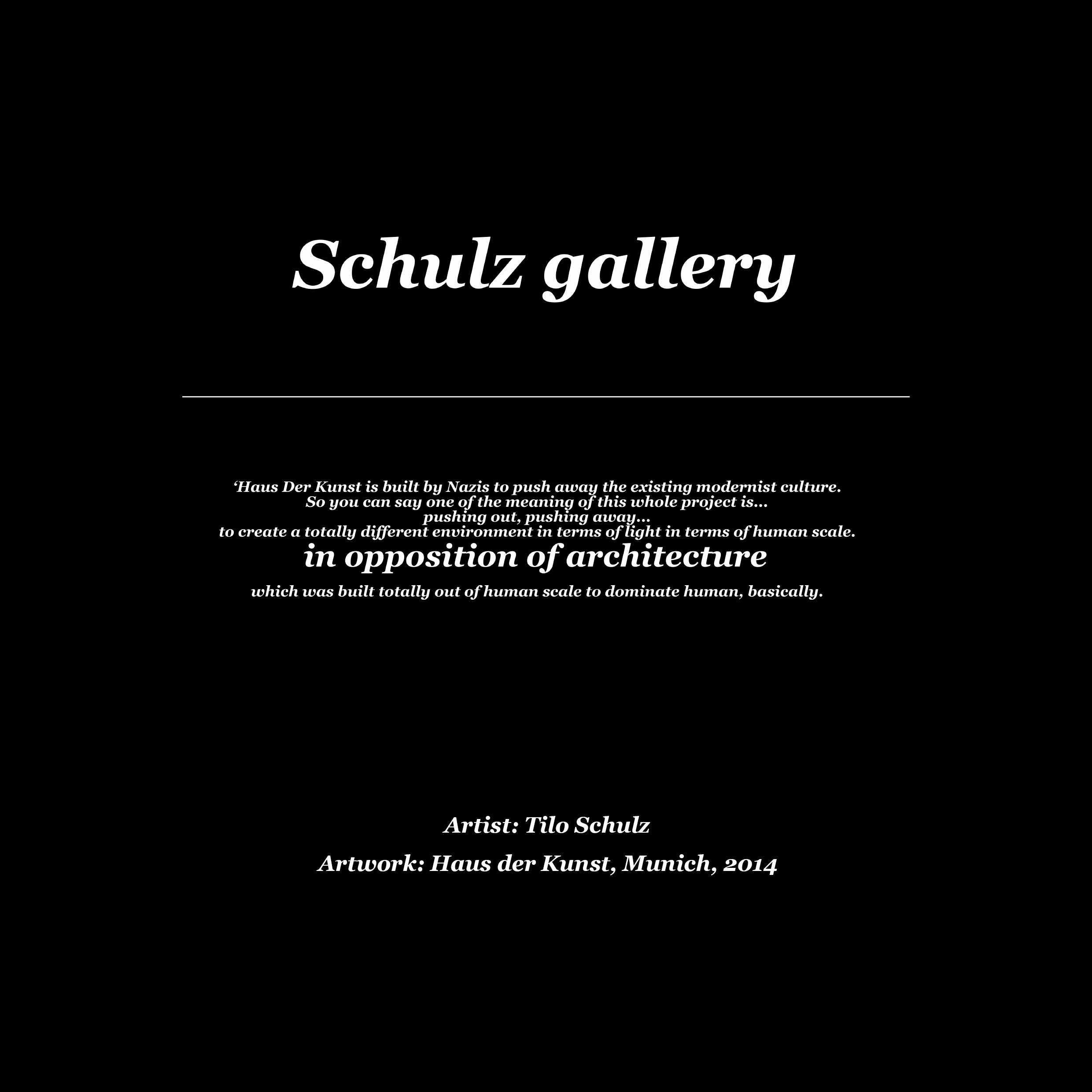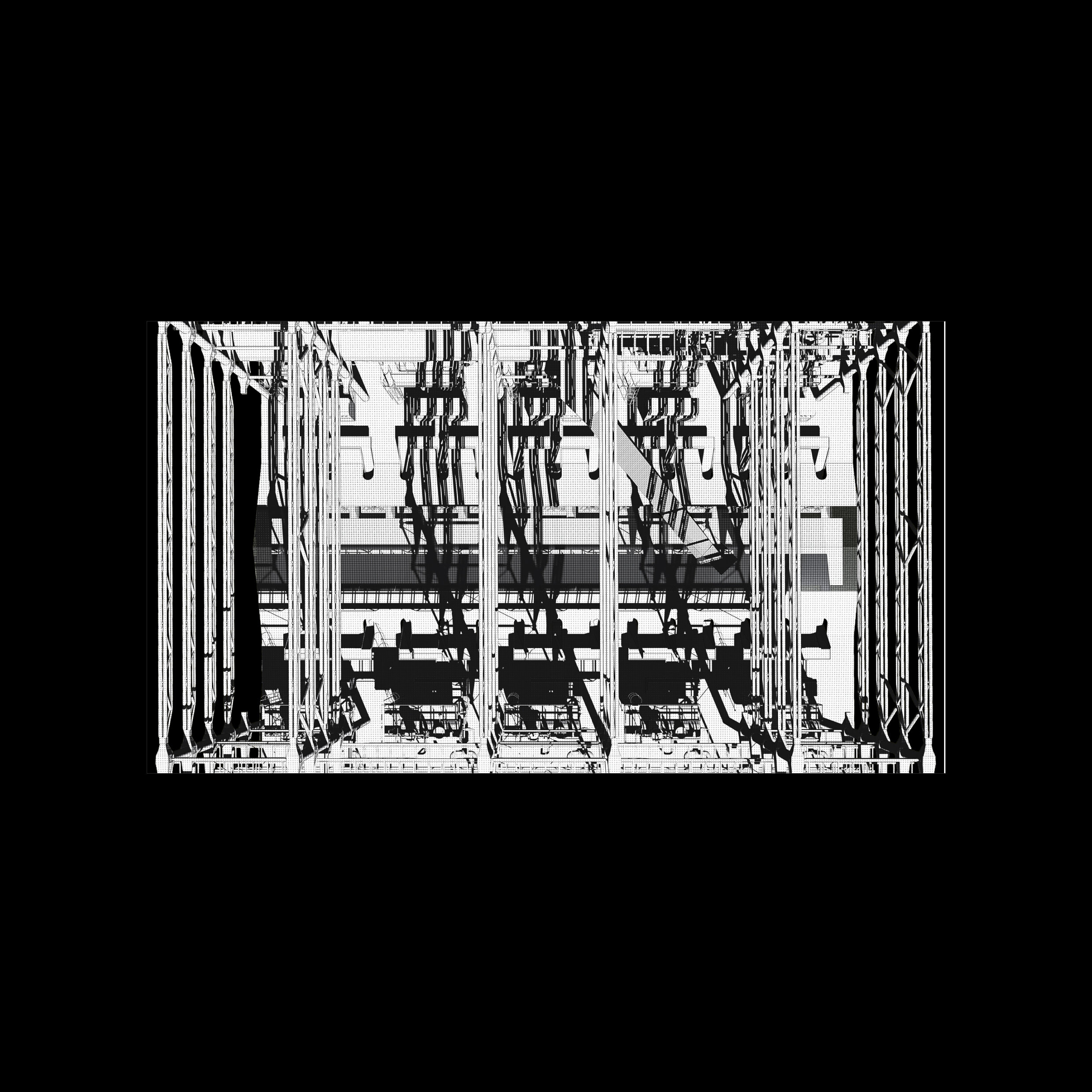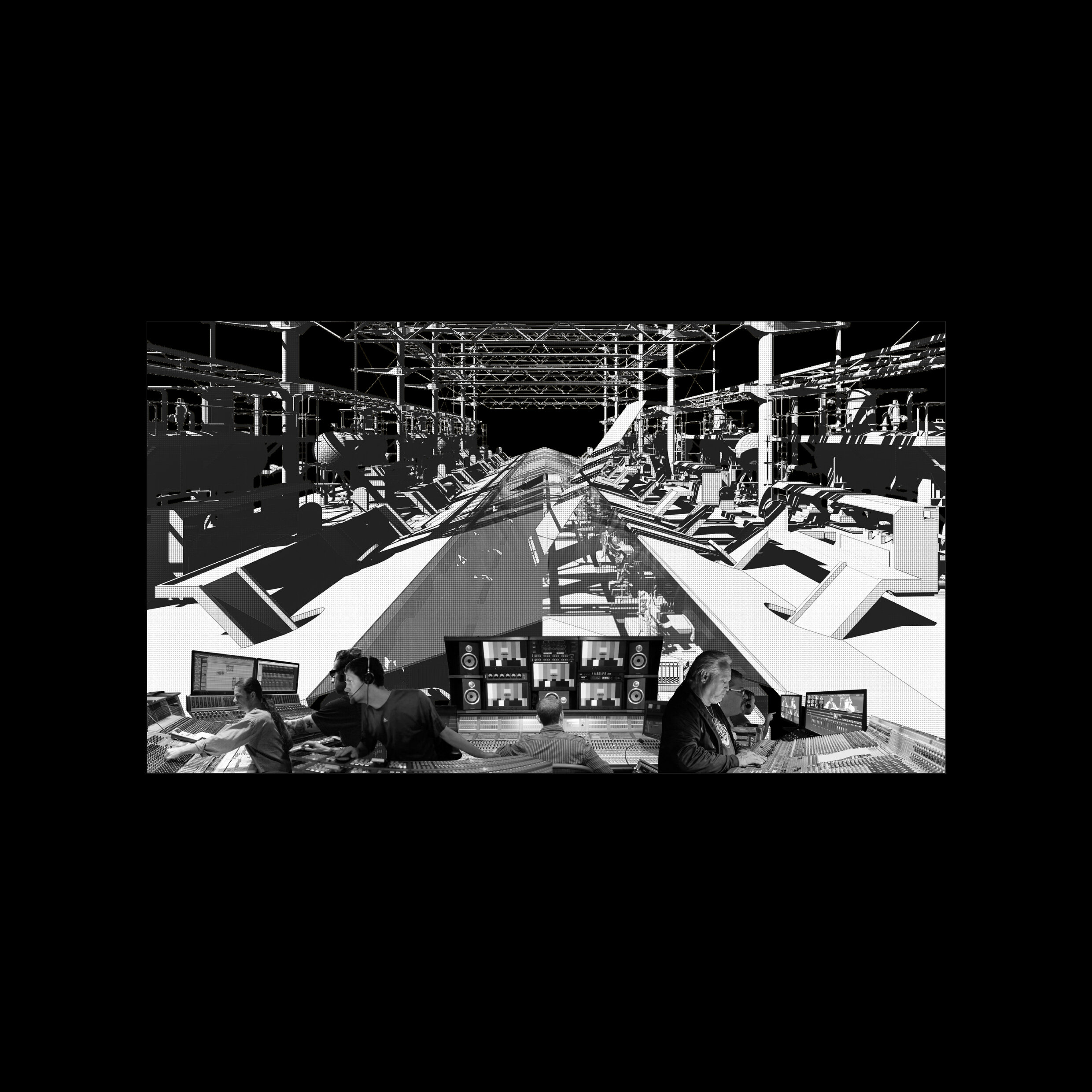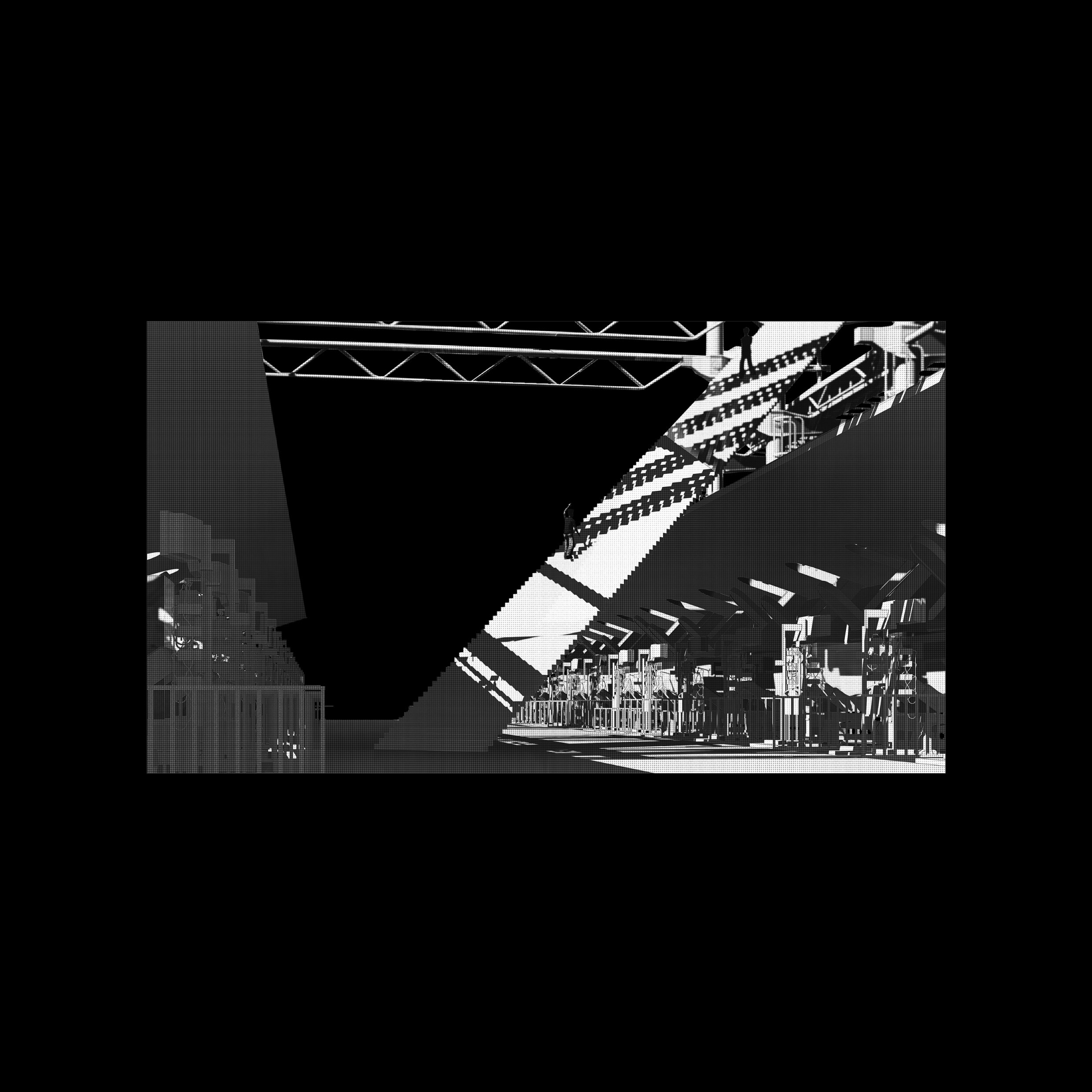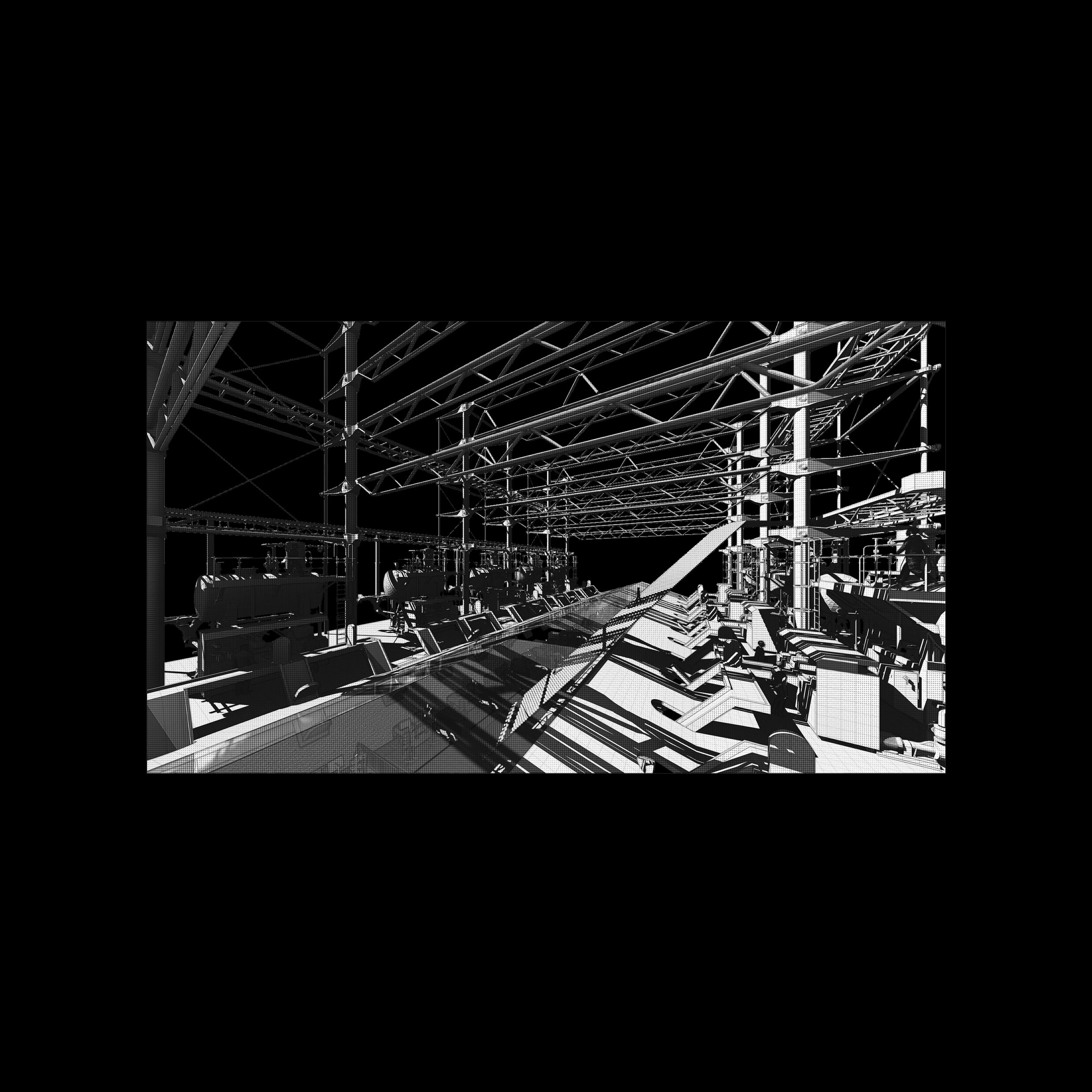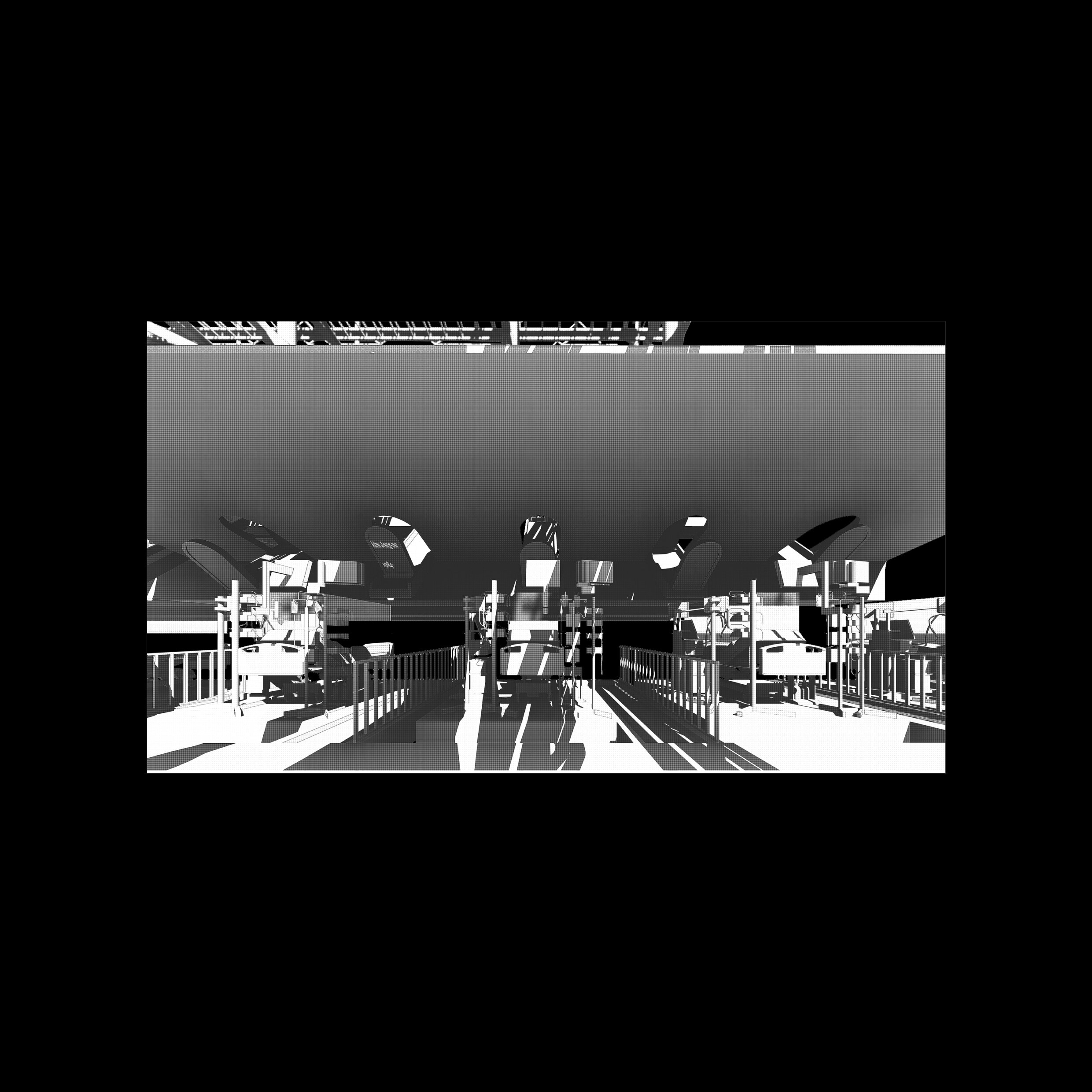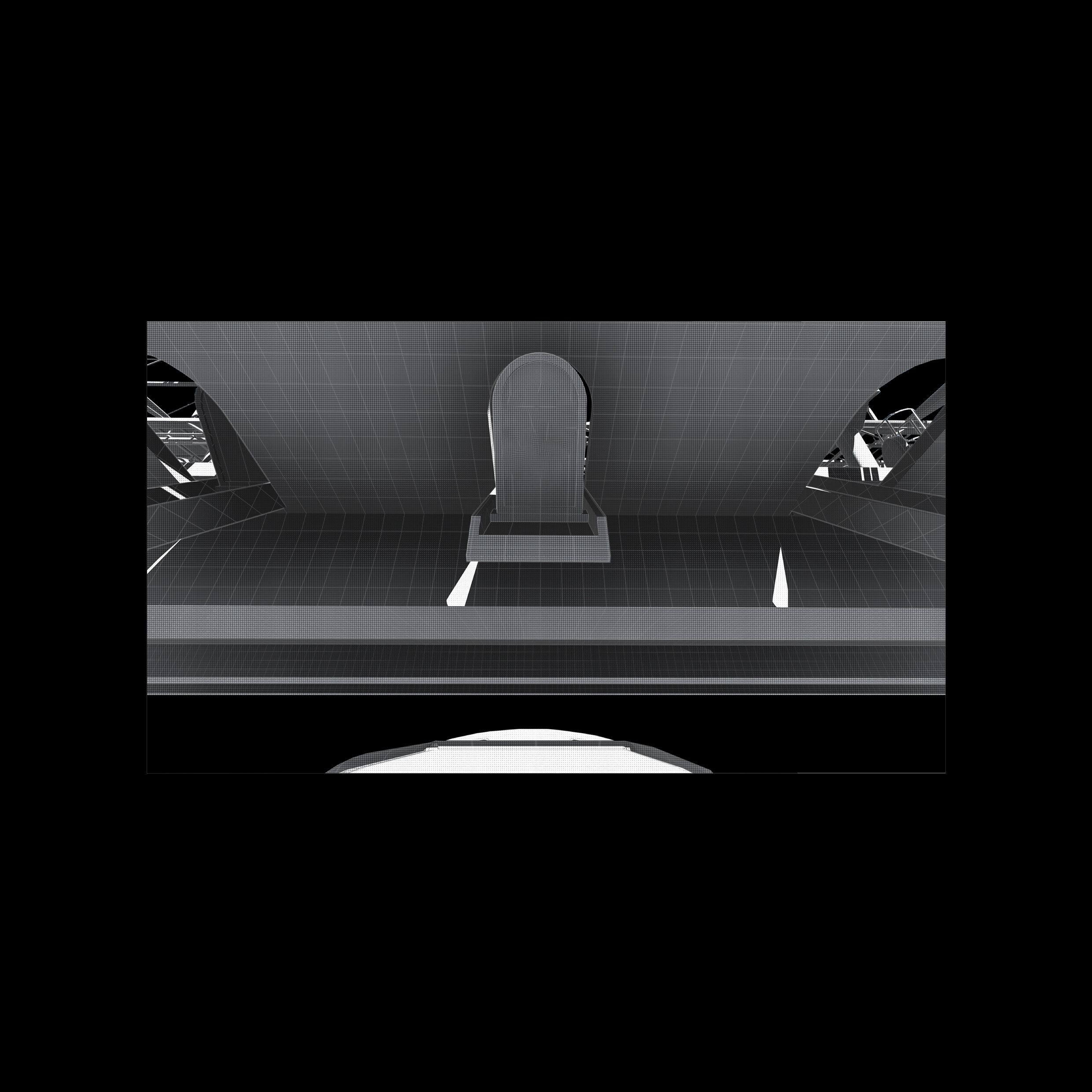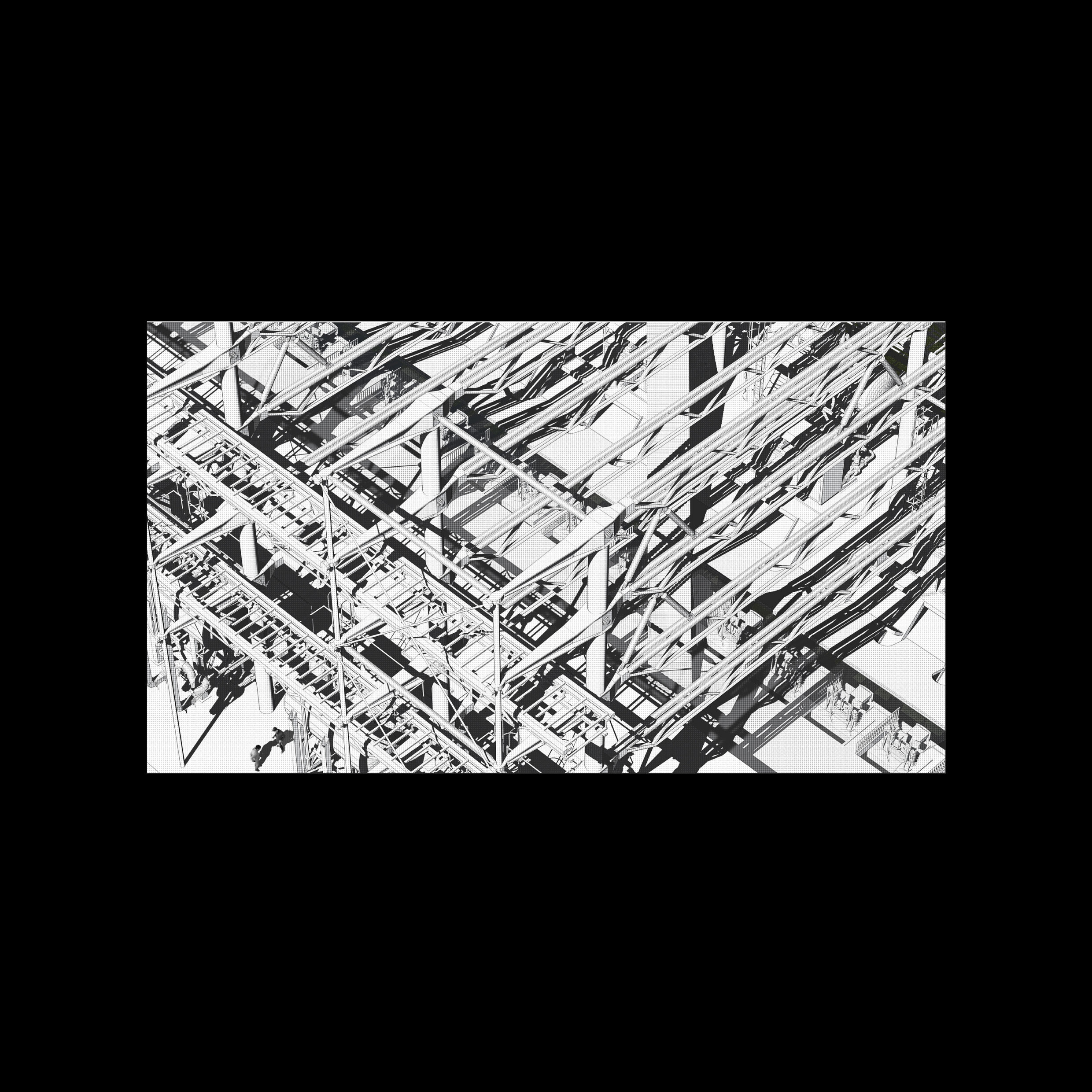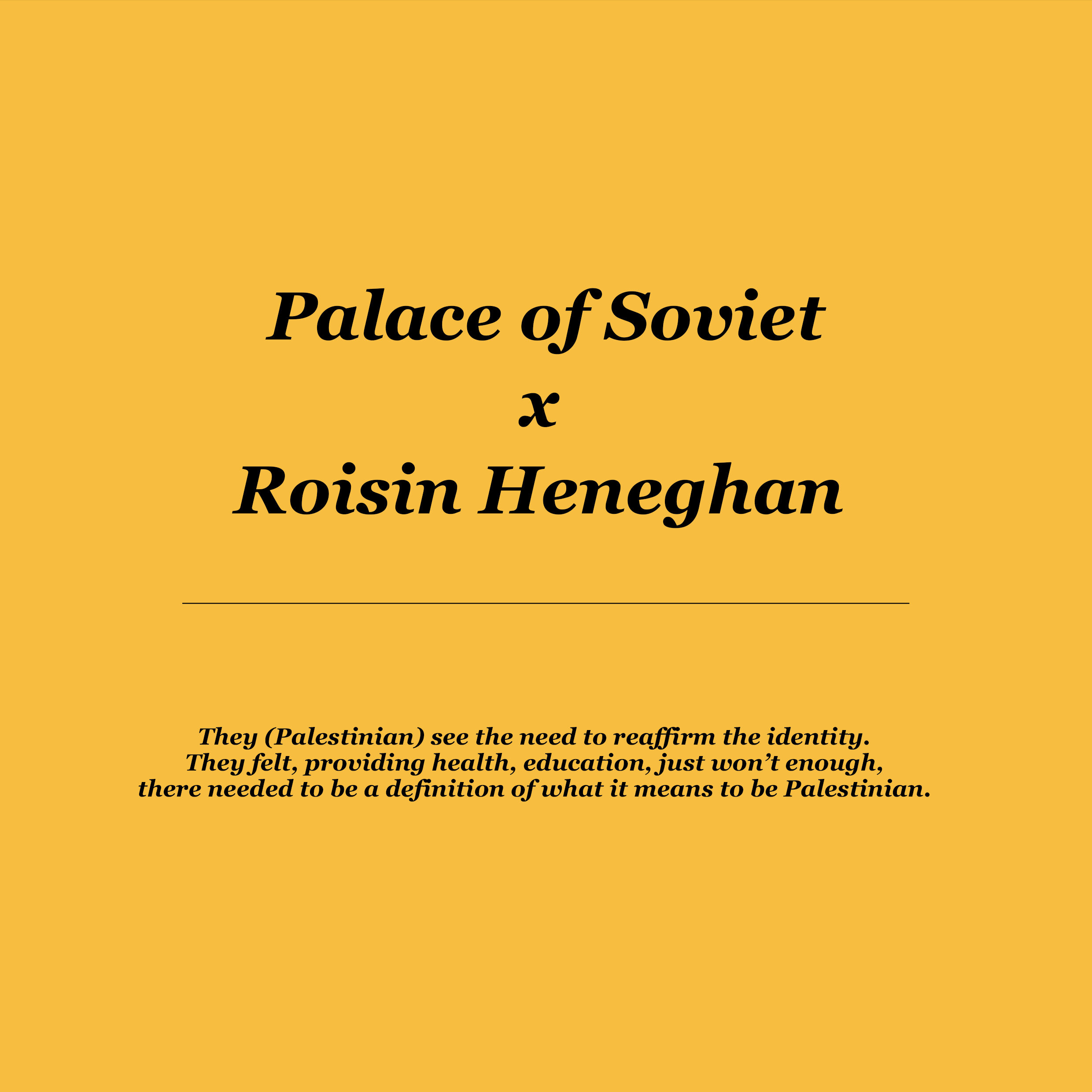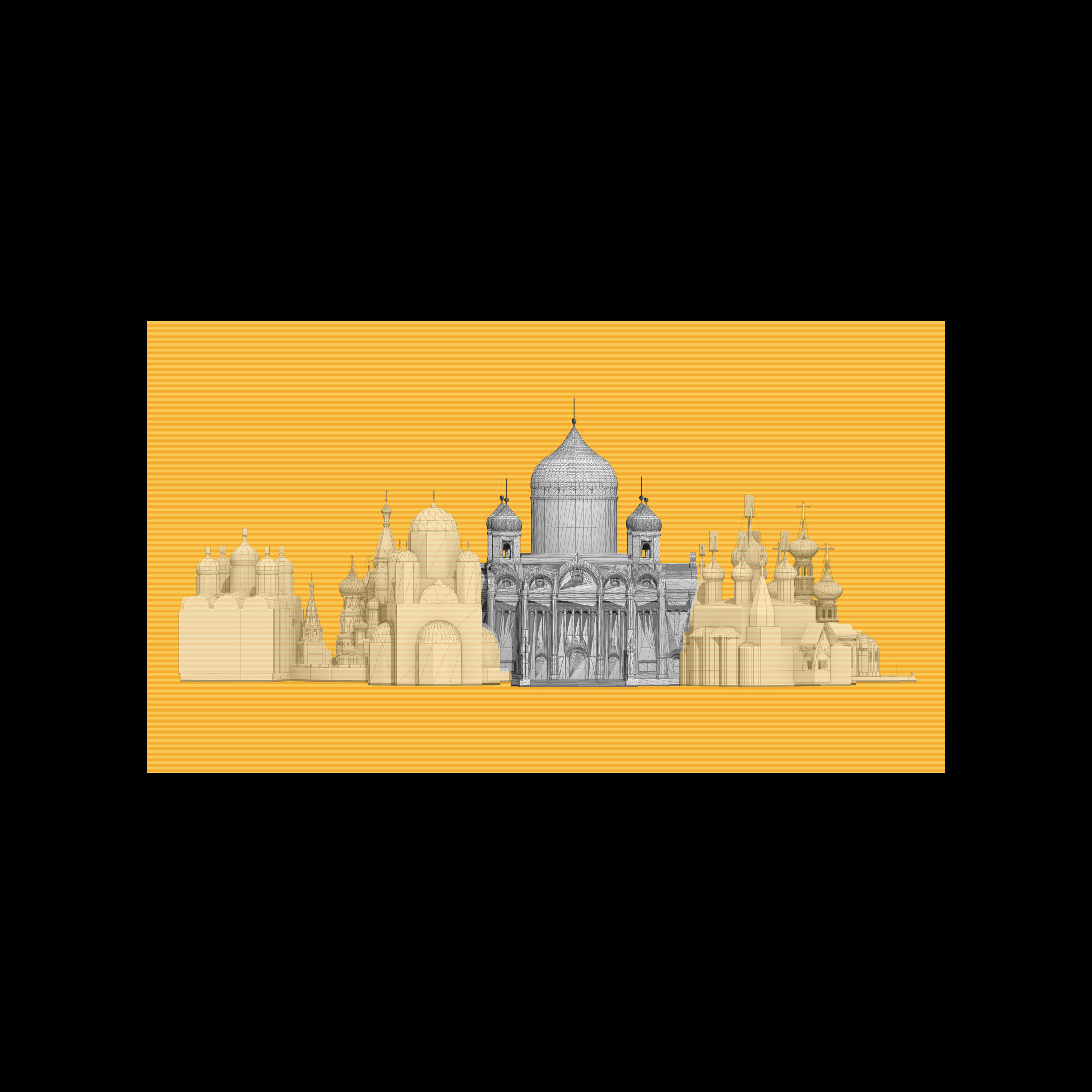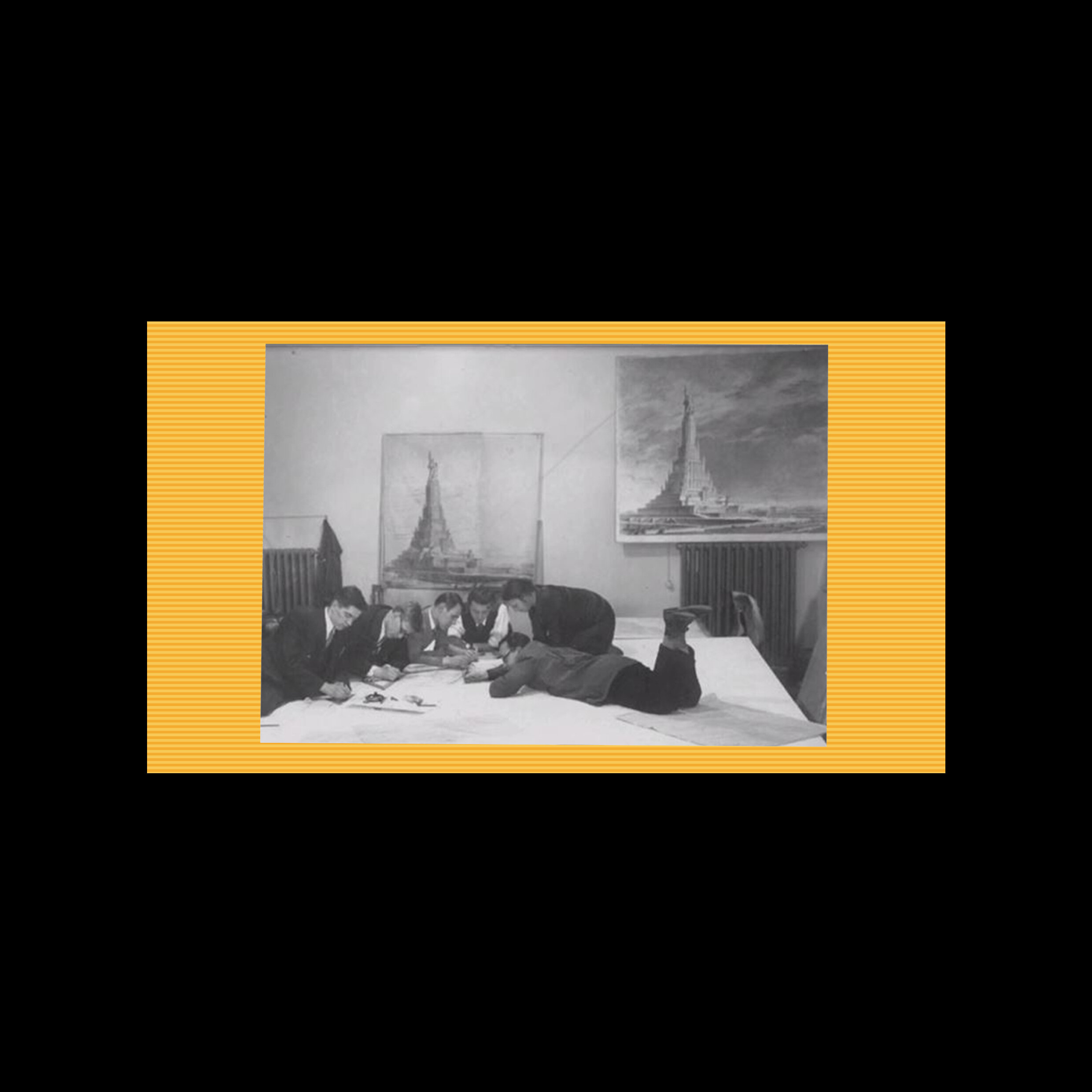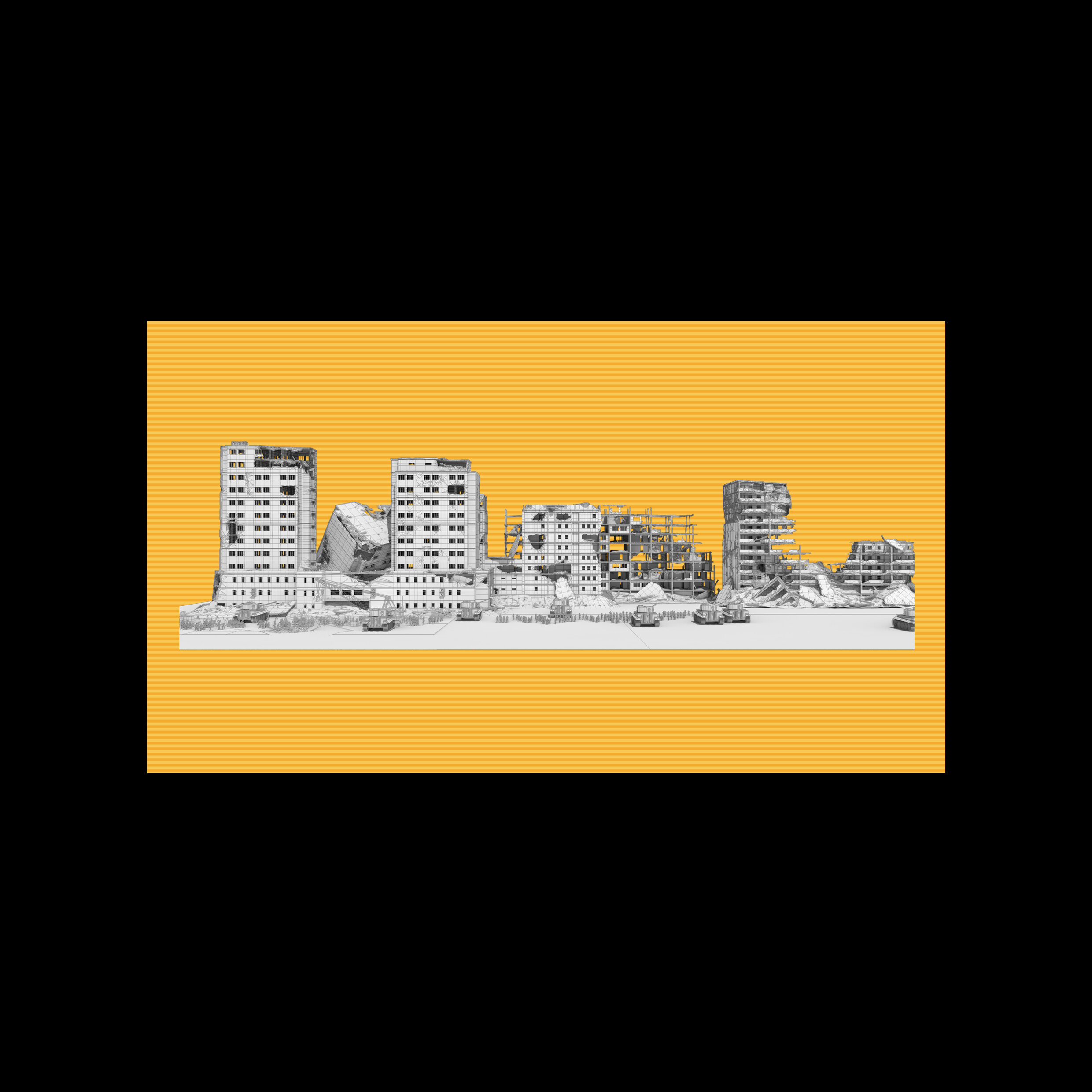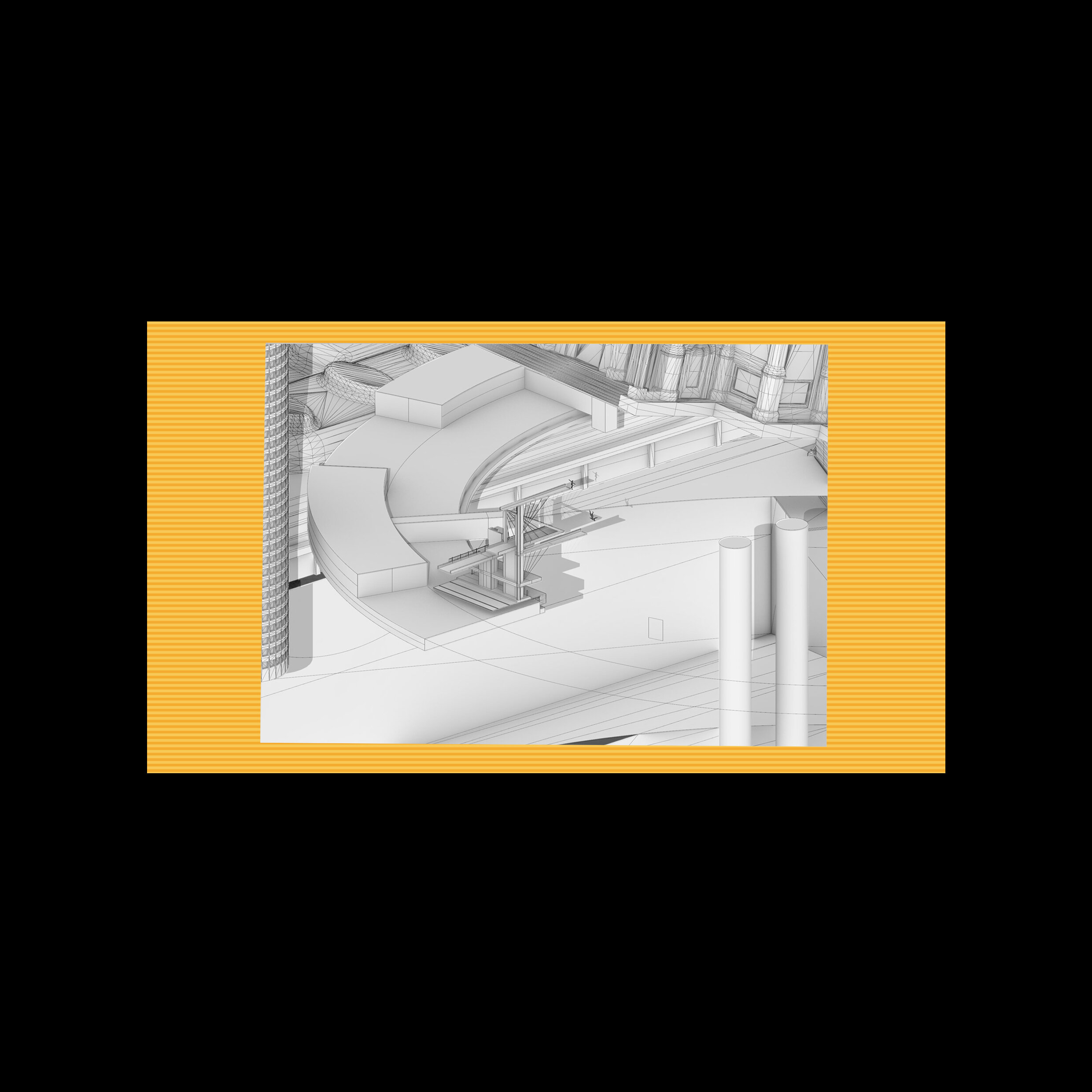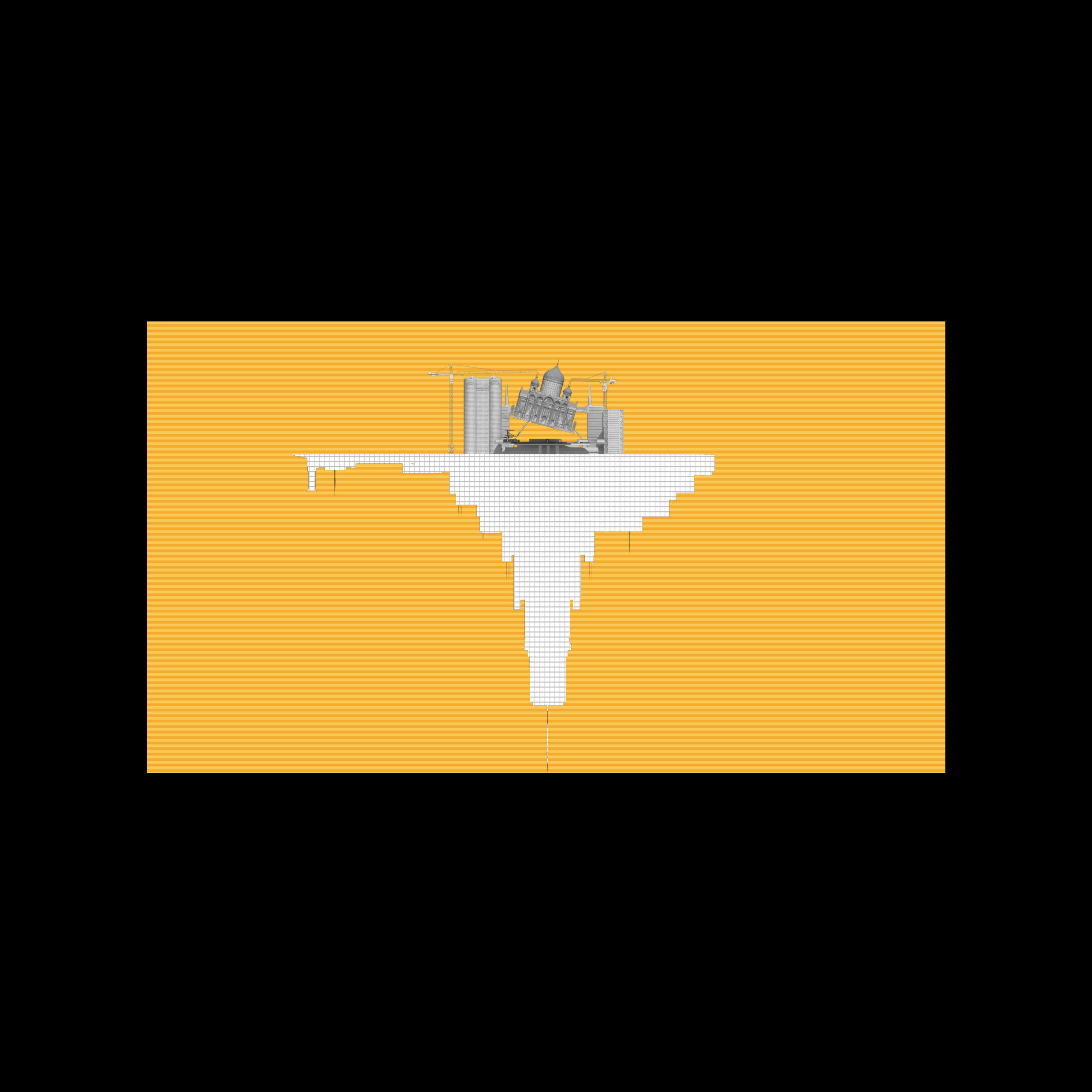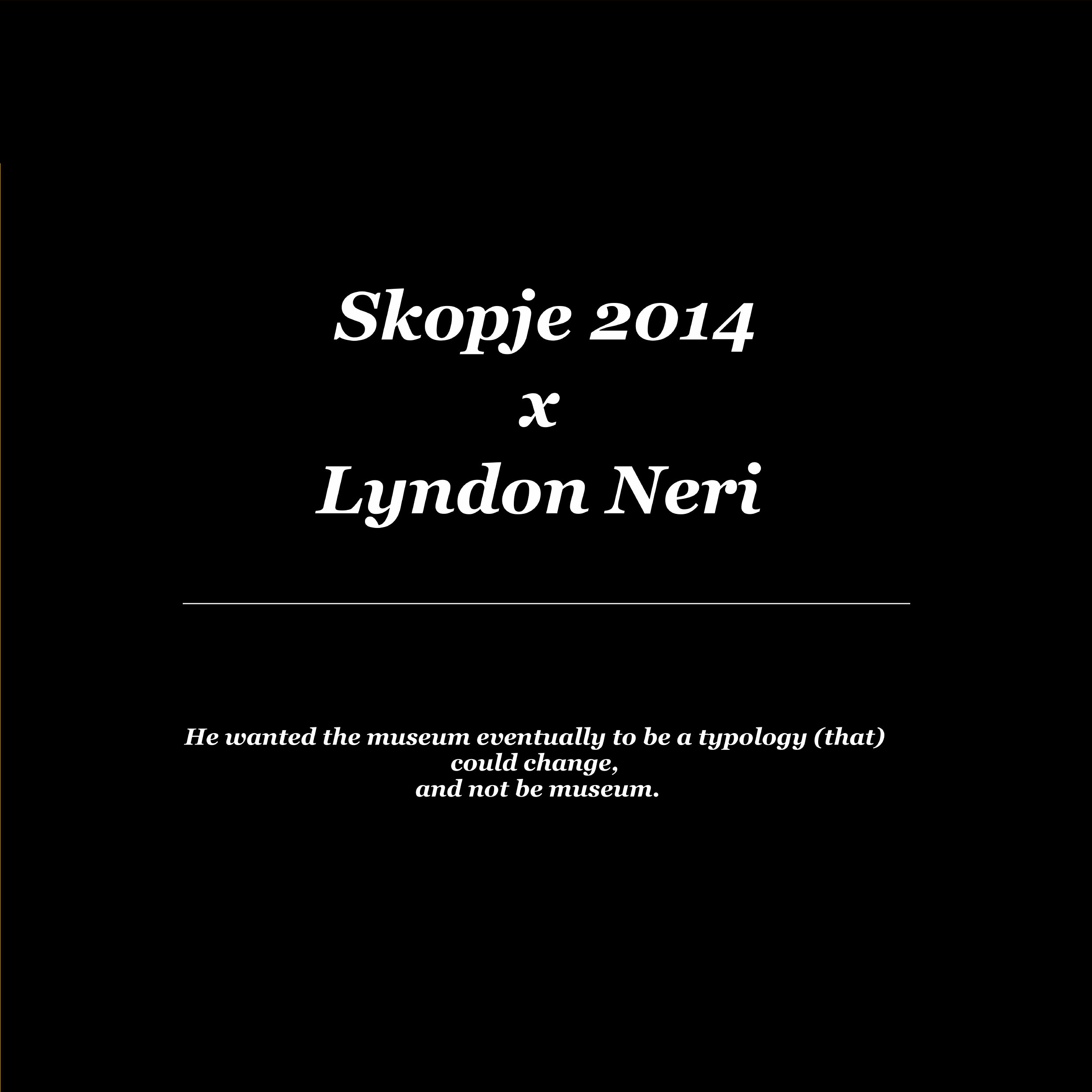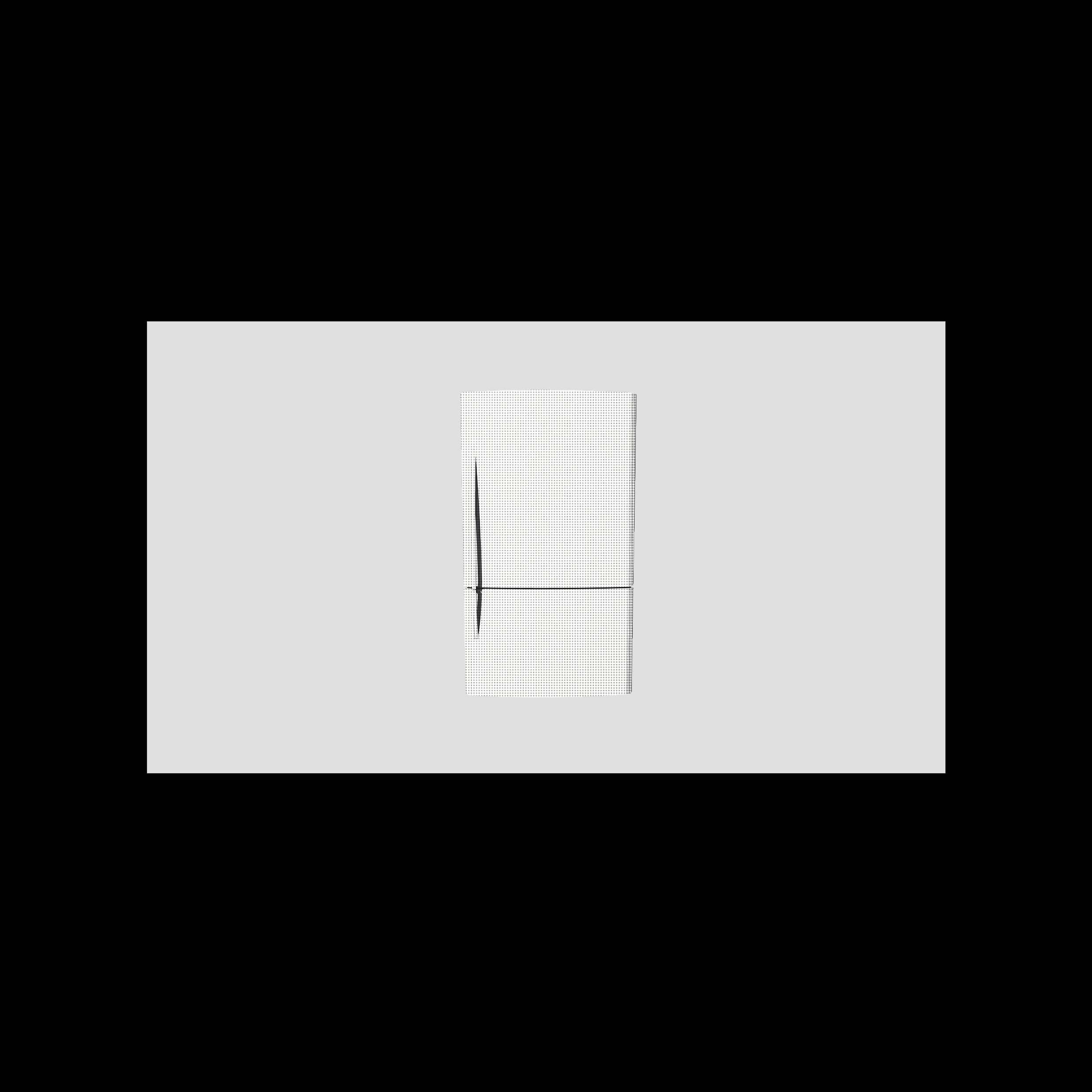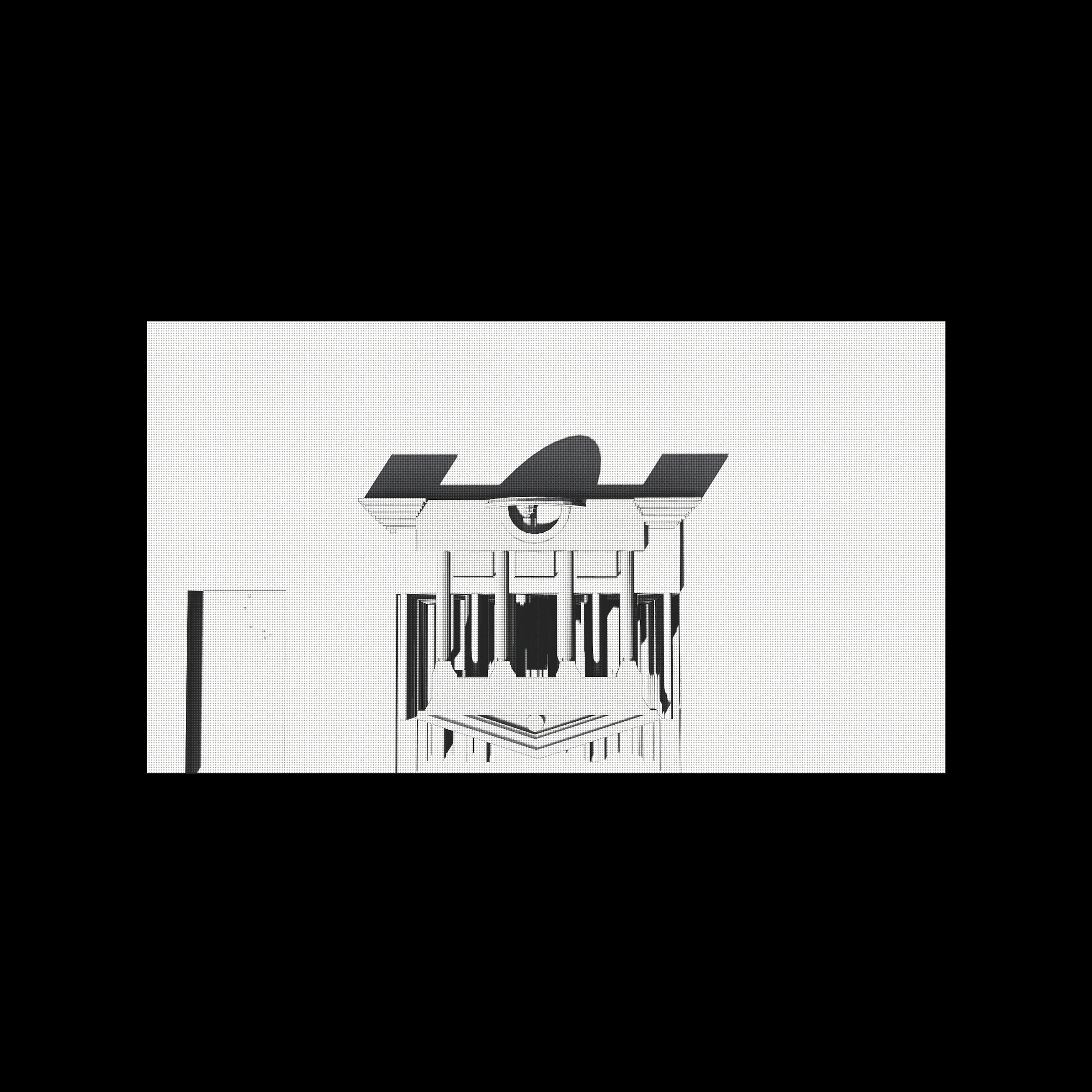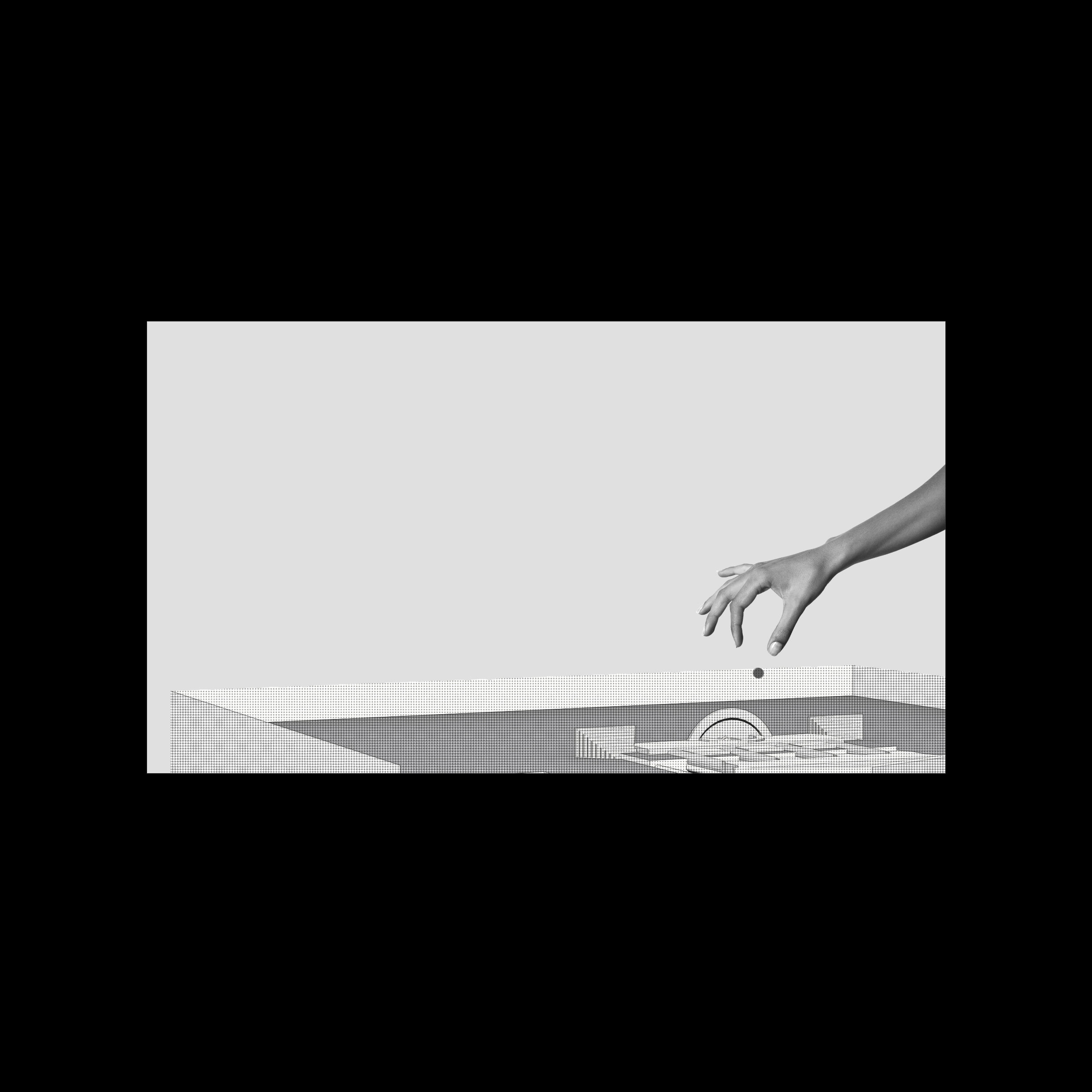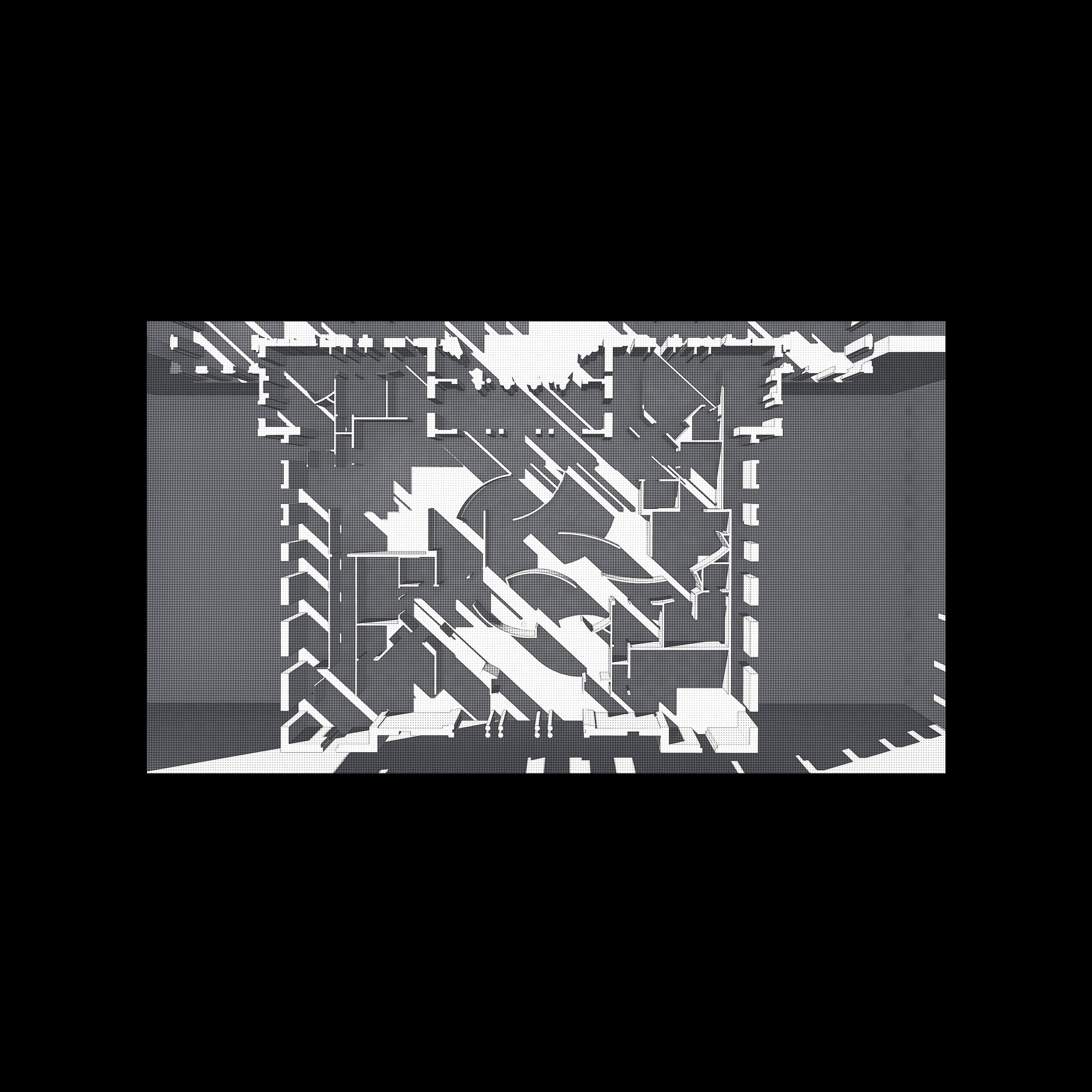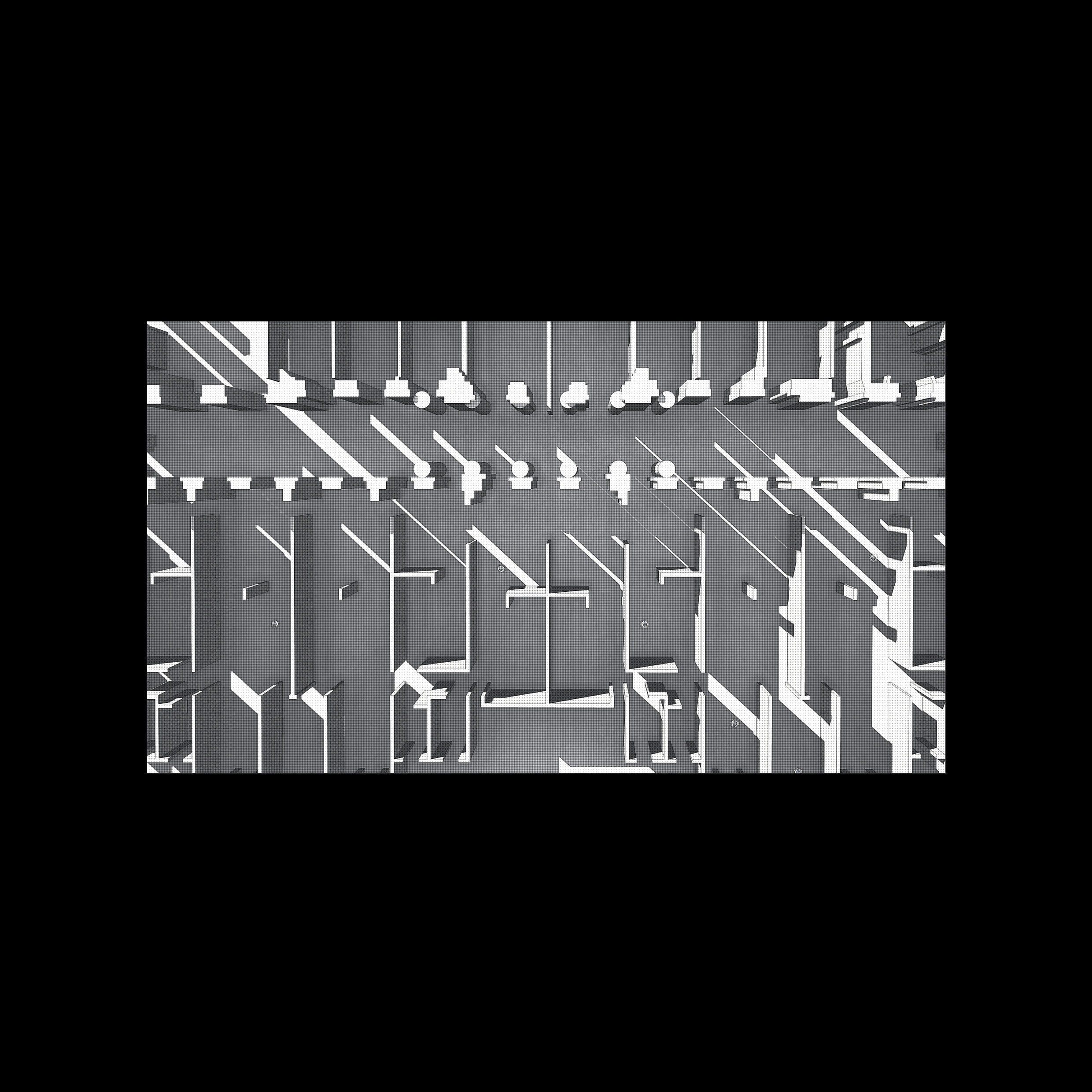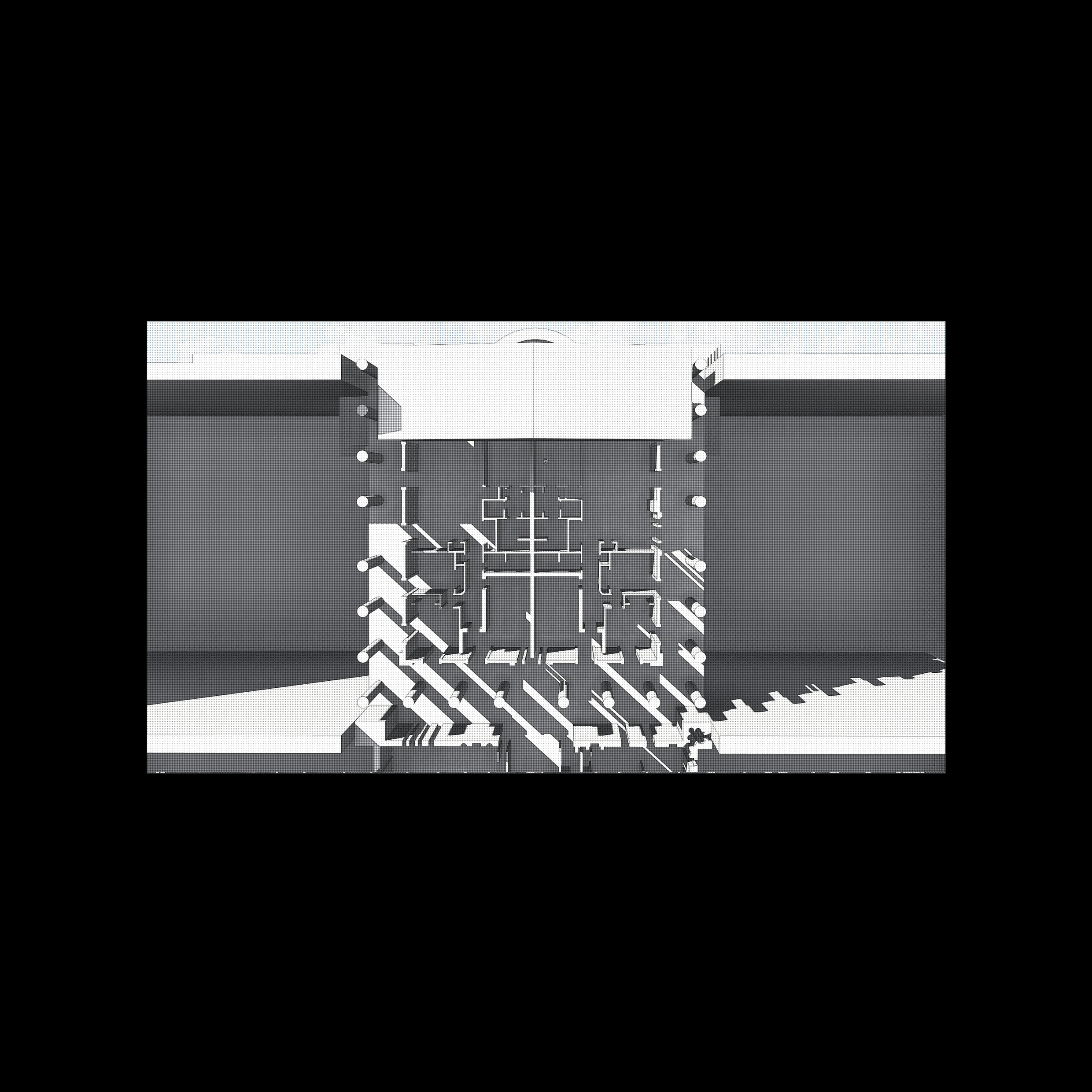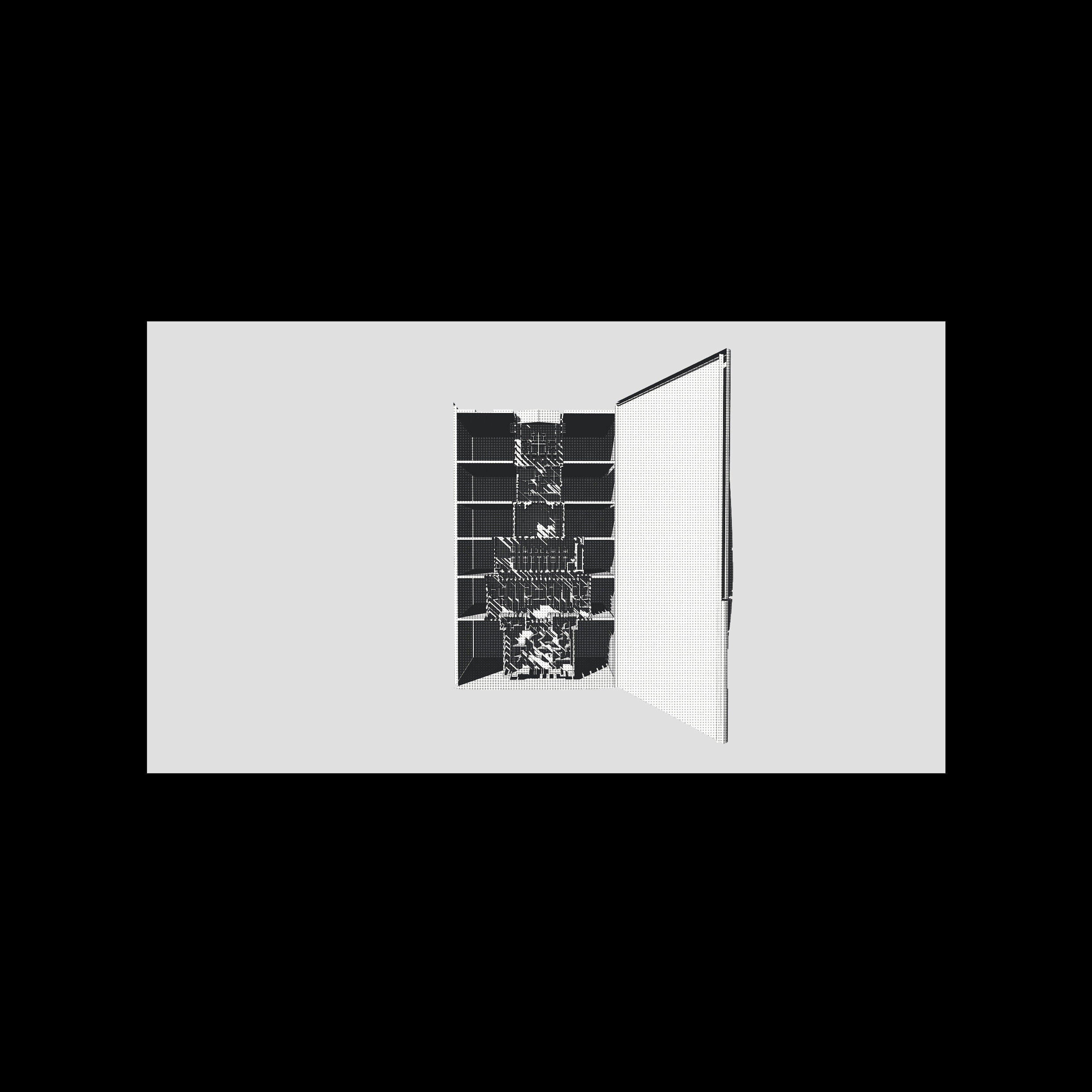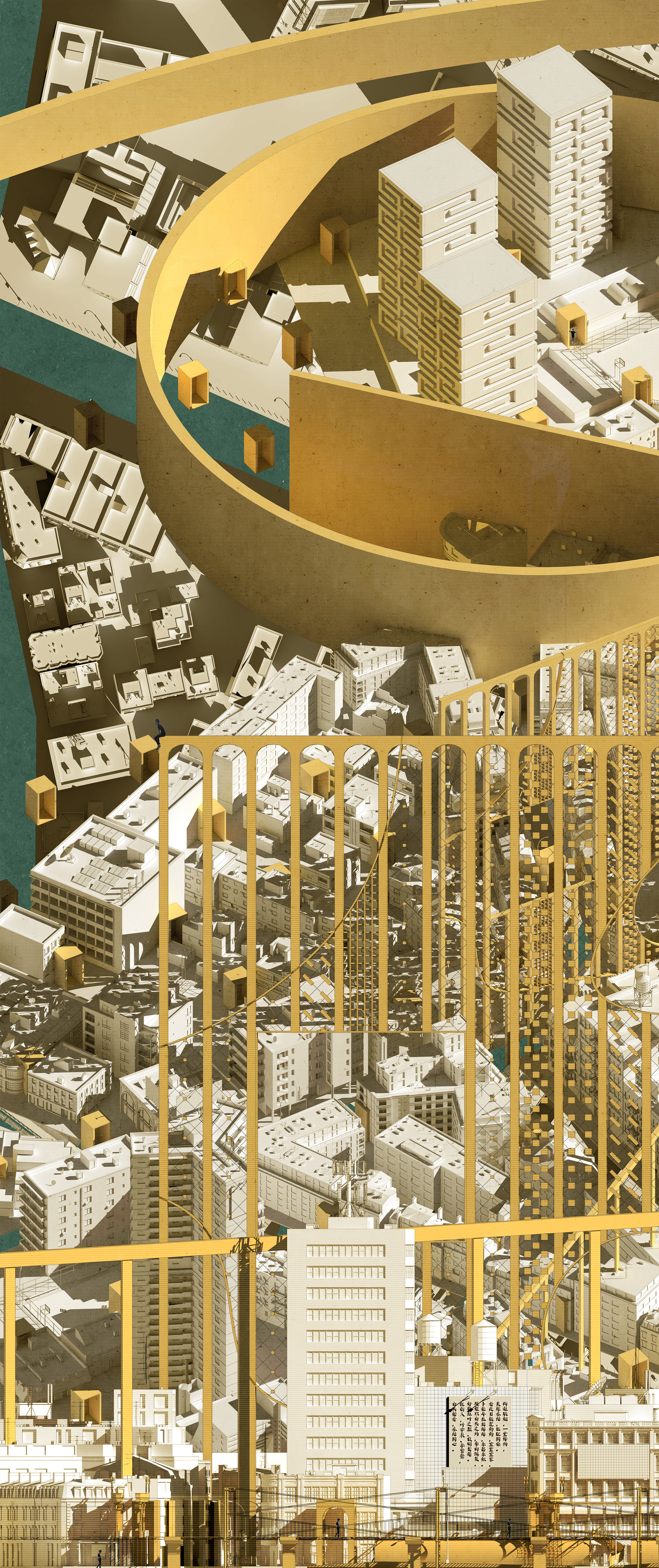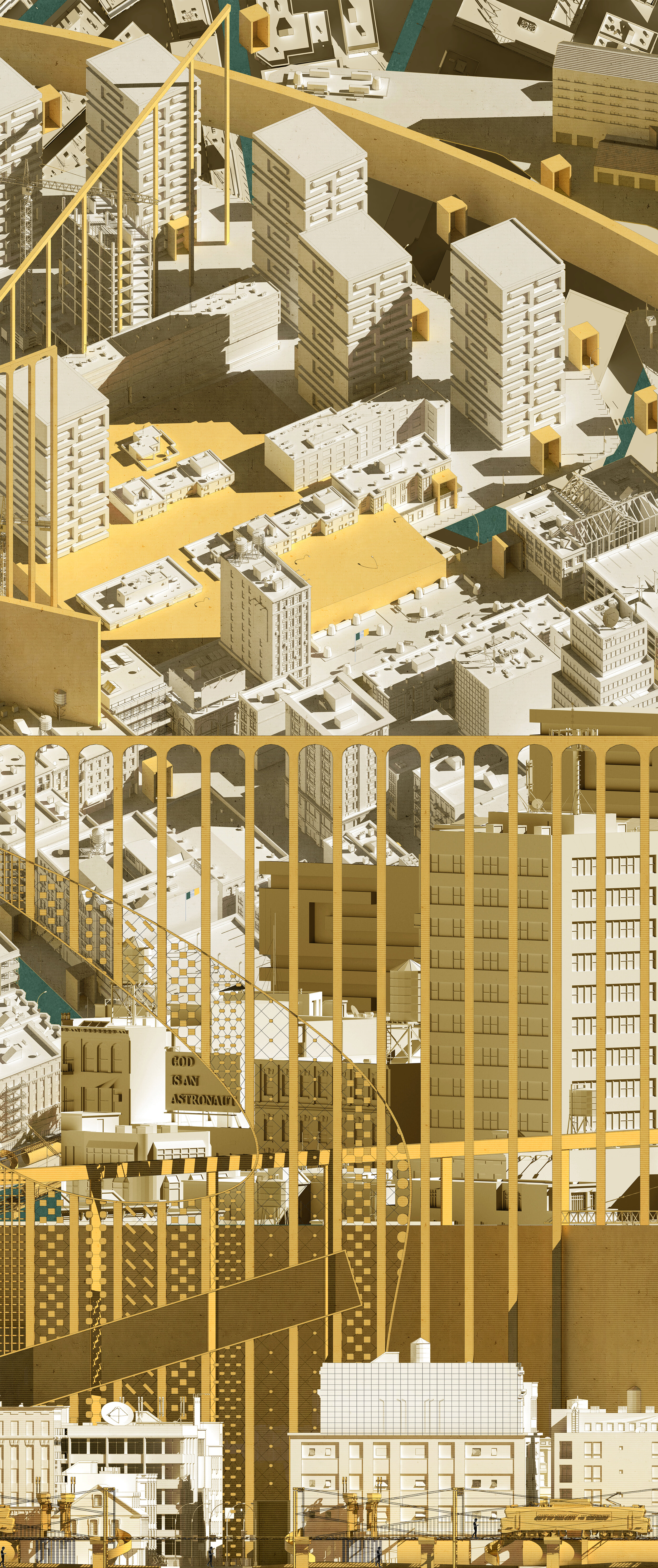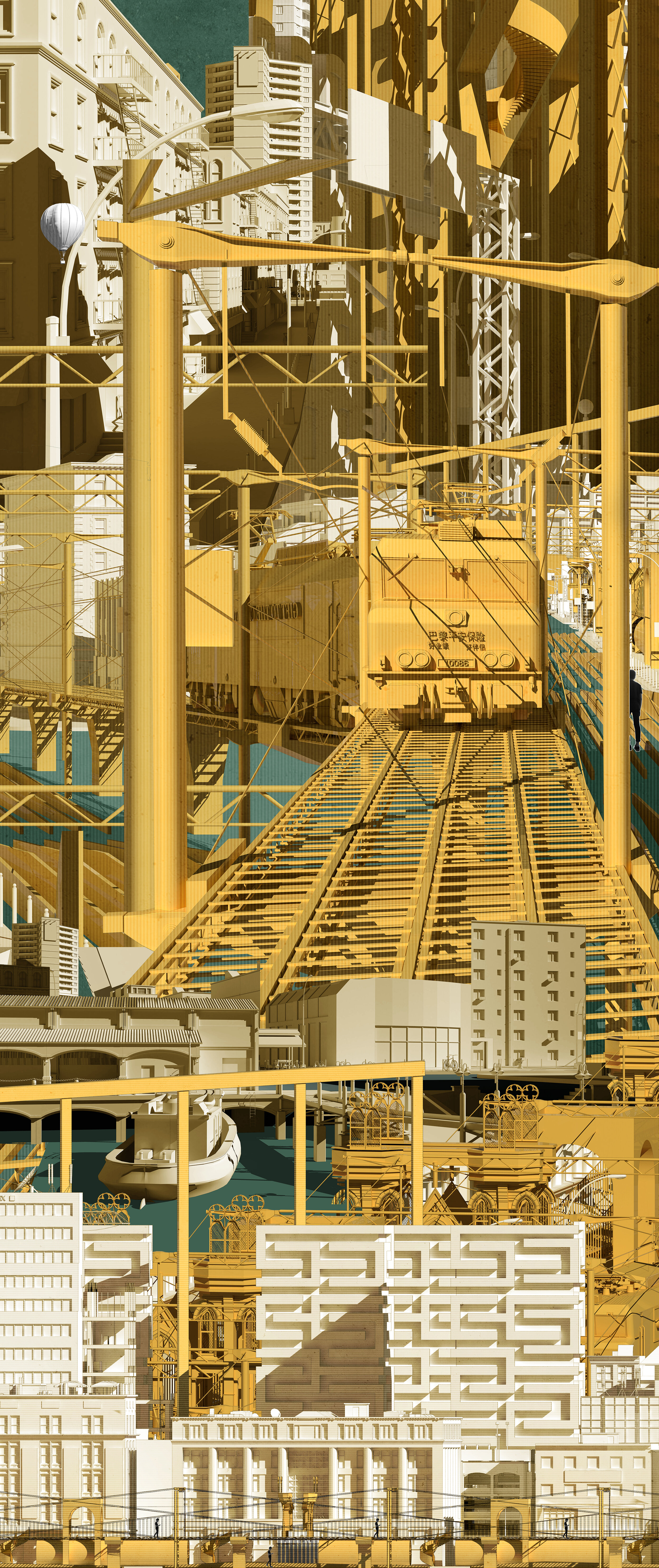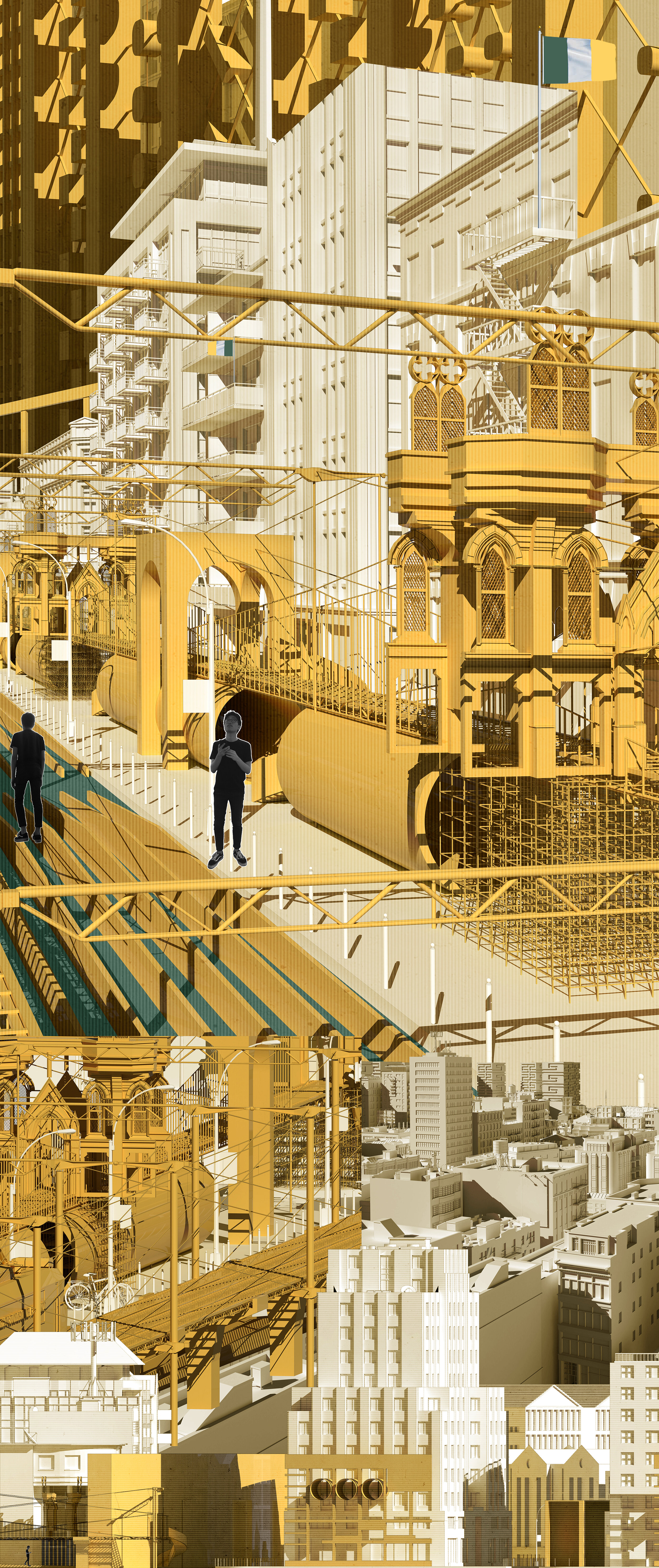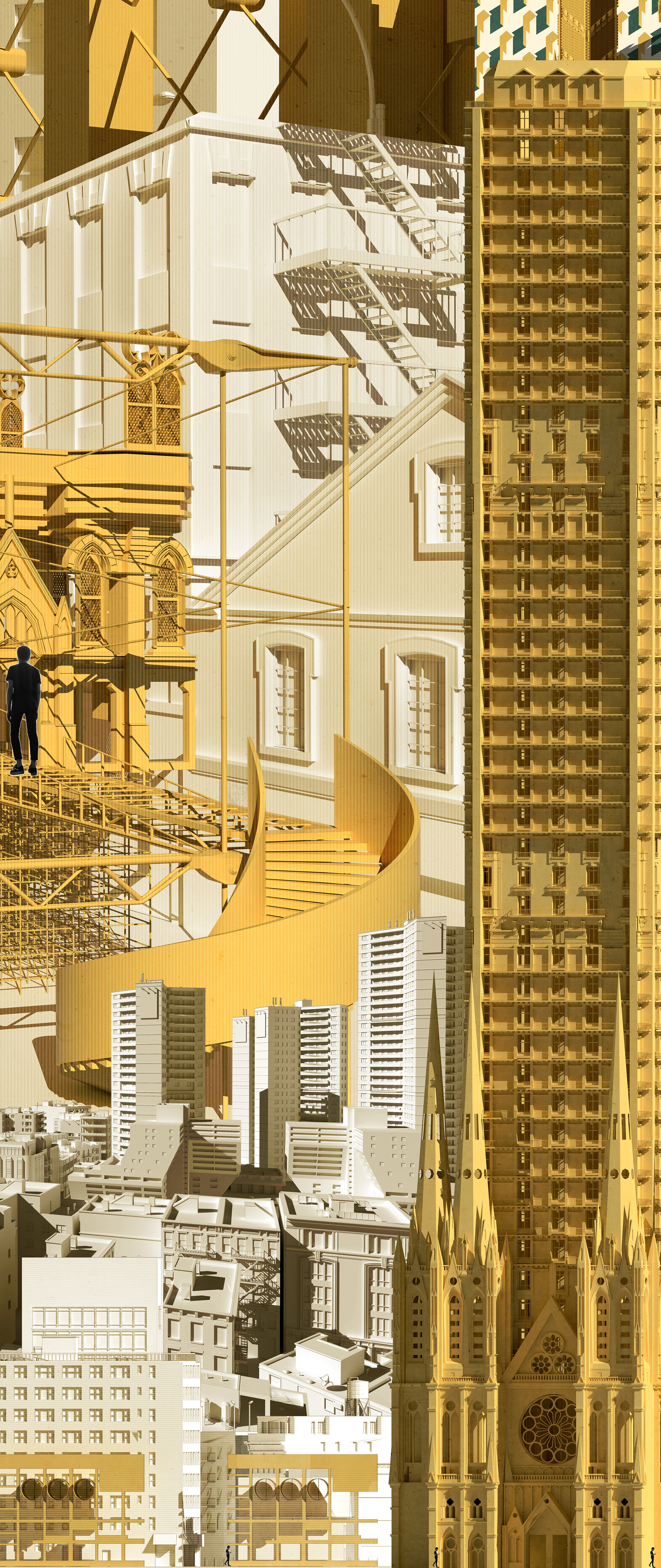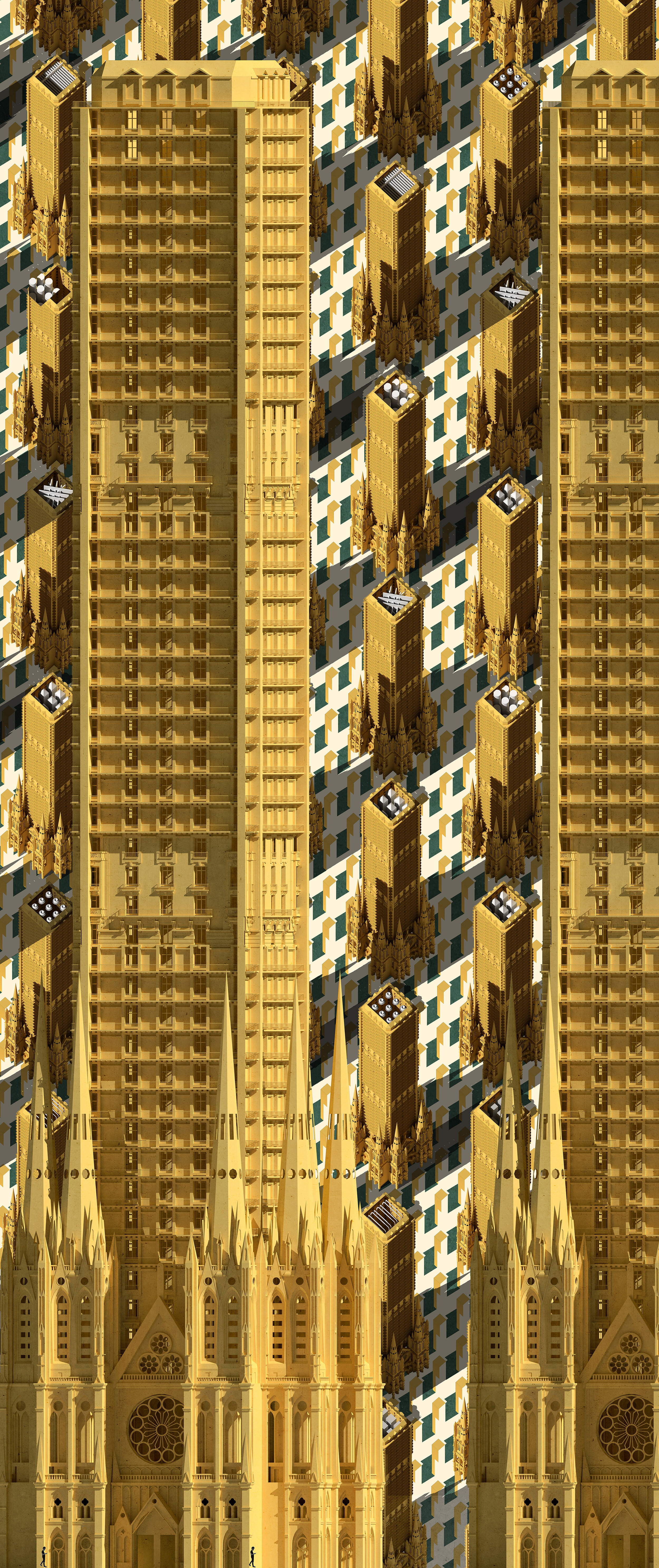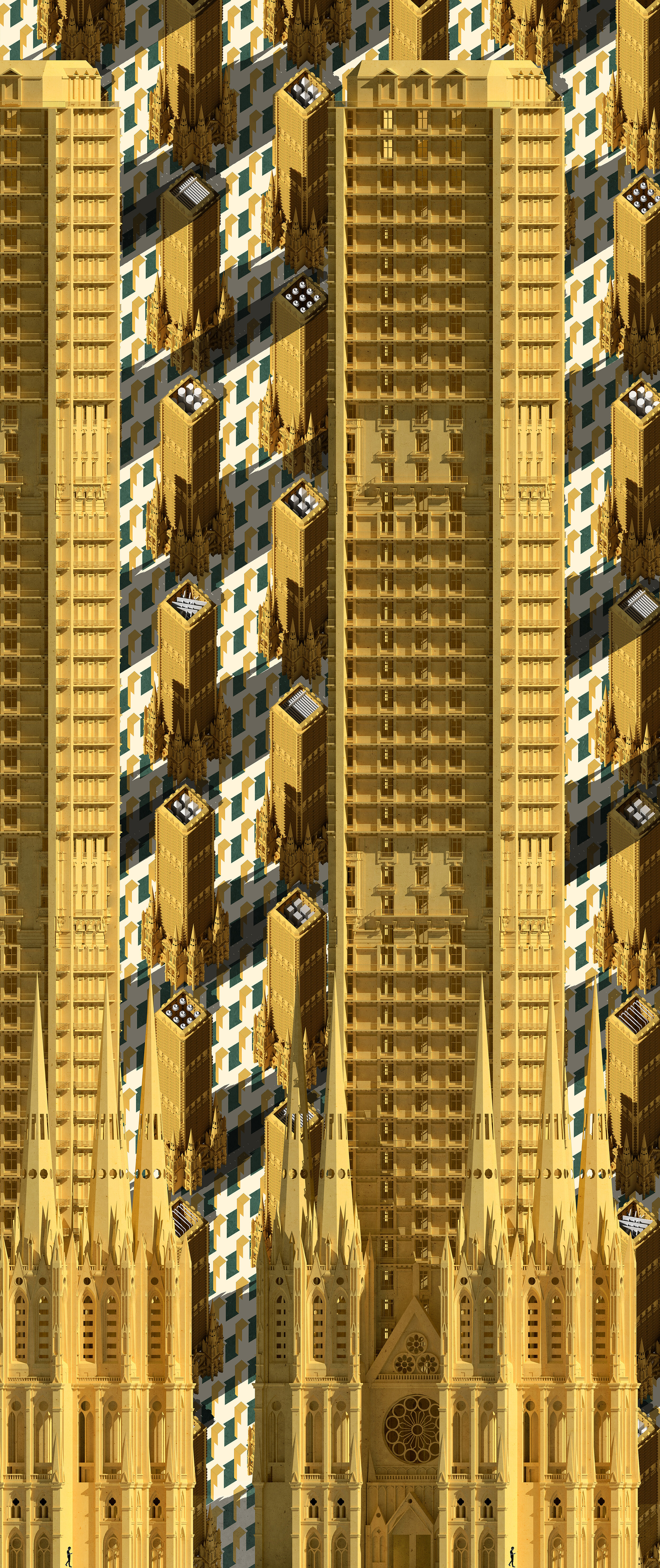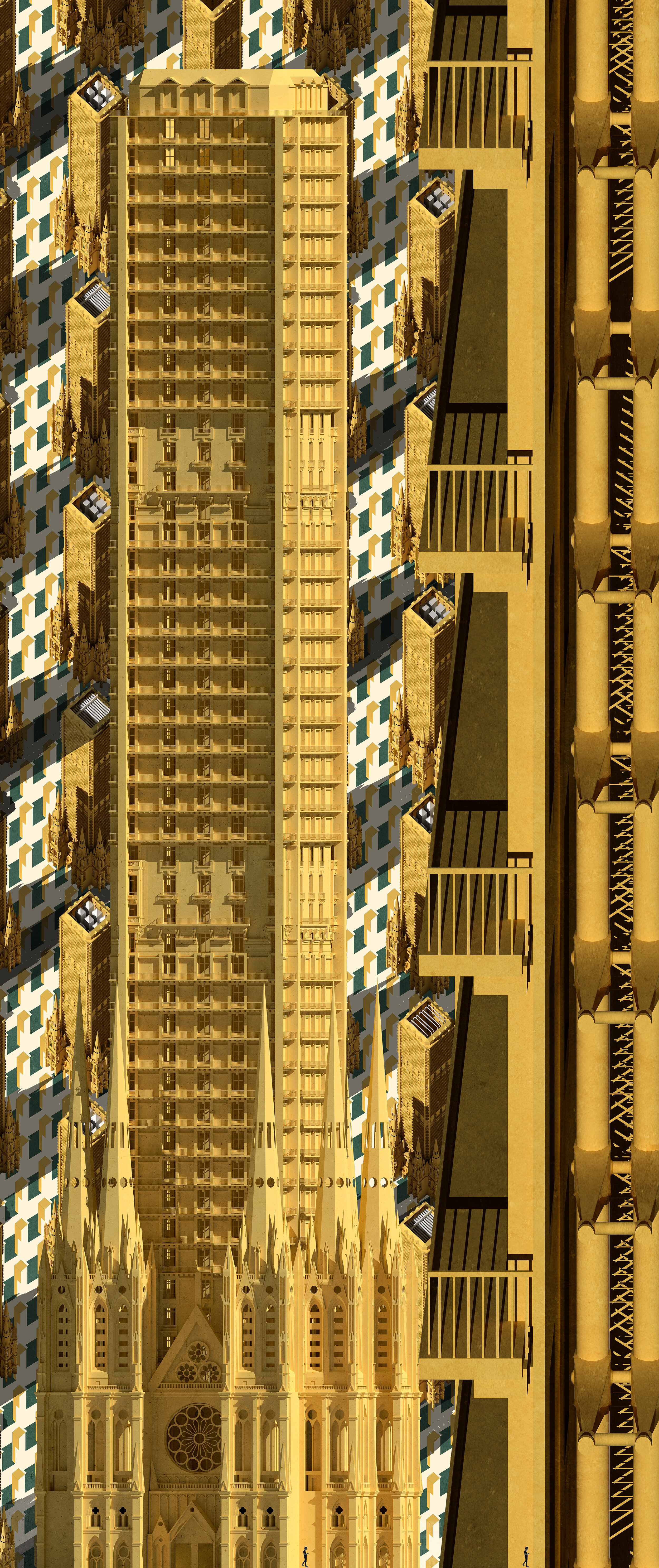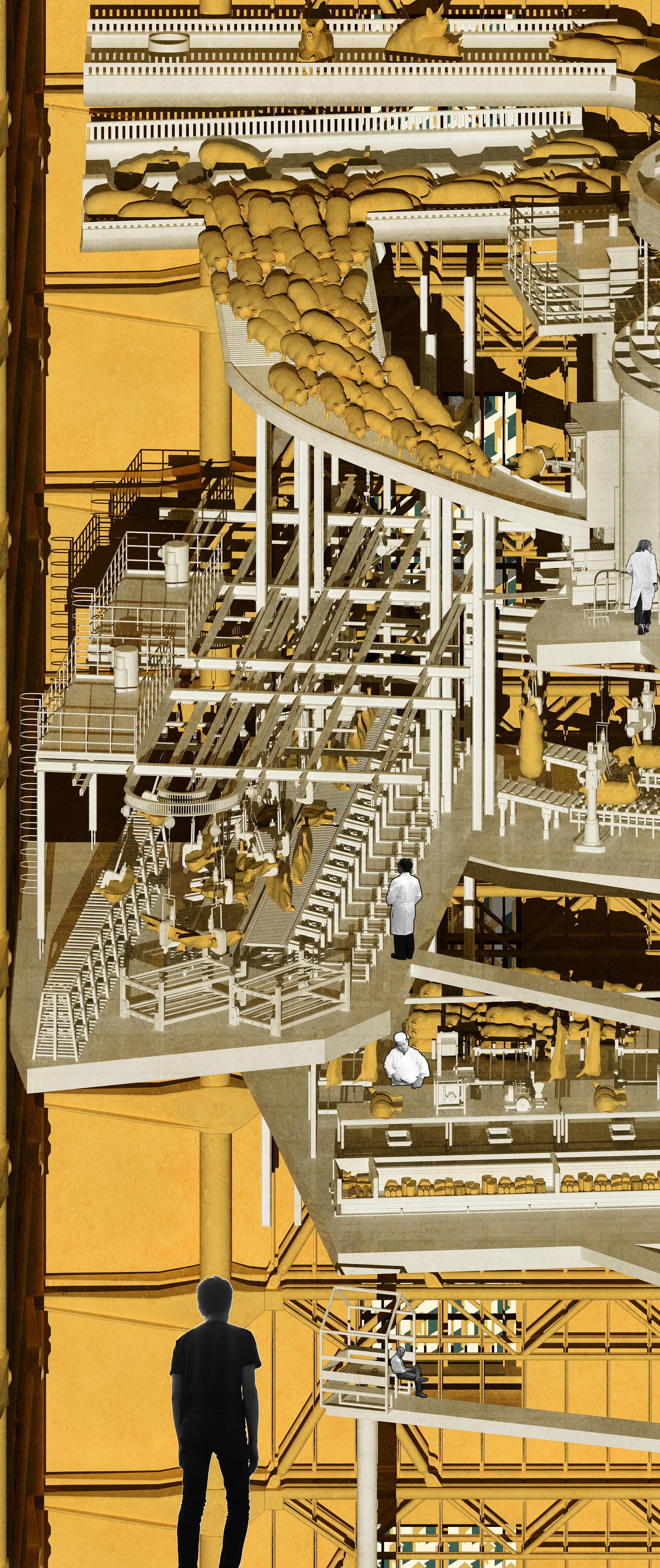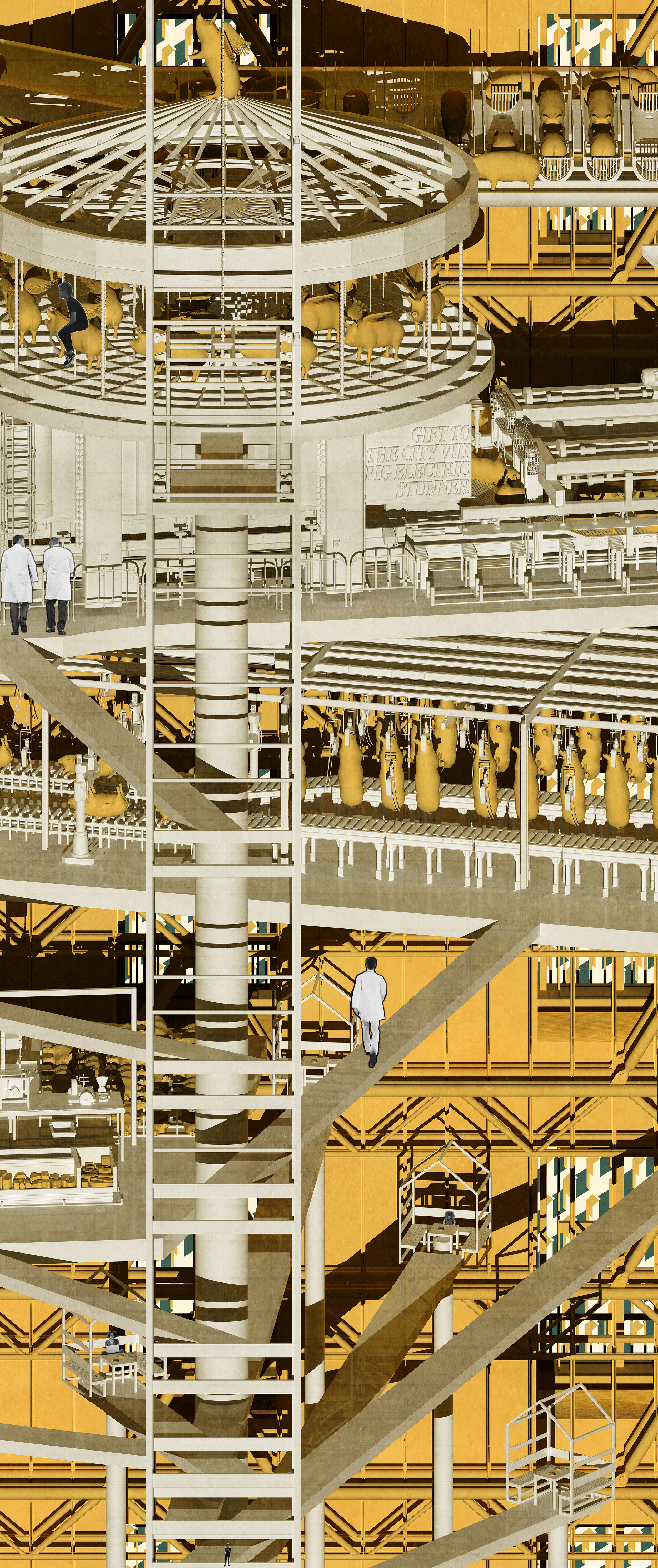God is an astronaut is a manifesto on how architecture can activate people’s interaction with the city and break the everyday routine.
This project explores different typologies of gallery. The gallery is the journey being taking inside the artwork (the execution island) and watch the process of execution. The process of execution has varied, ought to warn and stun people, under the objection to the artists idea of being strongly biased and protective to the convict and believed the other country’s dealth penalty should be abolished. The dealth penalty on one hand, substantiate ‘justice’, on the other hand it shows the outcome of committing certain crime and thus prevented the crime.
This project explores different typologies of gallery and its relationship with the artwork inside. In this project, the artwork is the derivative of the galley. Without the gallery, the artwork will not exist, and when the artwork leaves the gallery, it will be meaningless. The artist focused mainly on 2 ideas: 1. the artwork pushing out to mimic the Nazi architecture pushing out the modernist movement, 2. to create a more humane scale inside a out of human scale space. Combined with audios inside the installation to inform people what to do. Death is never an opposition of life, instead, its a derivative of life. Without life, death will not exist. On the other hand, birth to death is a period of time that one’s been. And the impact one had to others/world would remain. In this project, tomb and its factory (the artwork) are sitting inside the hospital (gallery). Everytime a new baby is out, the audio would call out its name and the date of birth with exact time to seconds. The tomb with its name and D.O.B engraved will push into the wards directly to the baby. Visitors are invited in the factory of tomb and can be involved with the crafting/engraving with staff members. The factory is a huge space with huge machines, and a huge stair invading all the way down to the ward room arcade - where the space experience is totally different, from out of humane scale to humane scale.
This project explores different typologies of museum and its social/political context. In this project, the spatial quality of the museum is neglect. Where museum is manipulated by the government to show the identity of a nation. Like soldiers in war- they are not human, they are a unit on chessboard. This project is to revive both Russian's Palace of Soviet, and their ego. Before WW2, the idea of building the biggest and tallest building was conceived and the site was chosen at where the biggest and tallest orthodox cathedral was. The cathedral was demolished to have construction of the tower take place. Though it was ceased due to the invasion of Germany. Only the foundation of it has been built yet the reinforcement steel are taken out to form the fortress. It's the revival of the building in another form. After the war, the foundation was filled up with the world largest pool and the cathedral was rebuilt after and the palace becomes a dream - in every Russian's ego. They needed their identity back. The museum is rebuilt underground to mimic their seeking of the inner identity - once the most powerful country in the world.
This project explores different typologies of museum and its social/political context. Skopje 2014 was a scheme that changed every facade of building inside Skopje CBD, to neo-classical style, whilst keeping the internal modernist space. In this project, the CBD of Skopje was conceived as a museum, that contains the artworks (the white neo-classical facaded building). 6 artifacts (buildings in CBD of Skopje) were extracted and connected to each other with its refurbished neo-classical facade, and rotated 90 degrees, as a labyrinth playboard inside a white fridge (CBD). Visitors need to pick a small glass ball on top of the fridge and drop it from the neo-classical facade to the modernist space and watch it circulate when 2 different style of architectural space collide.
- When we are used to the things that we see and experience them in everyday life, we often overlook them, as if they aren’t there. You almost forget its existence. It’s because you have adapted to the city and formed a habit around it.
- It doesn’t matter if you place a grid of columns inside of city or extract the existing buildings out. As long as there is a different building as a reference point. After some time, people will always adapt to the change of city.
‘Is there any condition of a city we could speculate, to make human adaptation impossible?’
Jean Jay is a blue-collar Parisian, born and raised in the 19th arrondissement, Paris. He starts his work at 8 in the morning, finishes at 6. Every Thursday night he buys a few drinks at the bar 2 blocks away.
And repeats.
His routine is just like that of his colleagues in the 19th arrondissement, 2 points: home, work, home, work.
To break the everyday routine and create unexpected interactions, the city of Paris launches a Grande project to reactivate the city by extending Tschumi’s Parc de la Villette into the city. The huge perforated wall frames the view from Jean Jay’s apartment, the small installation on his route renders his movements more adventurous. At first, he is uncomfortable, but soon gets used to this. It becomes once again a part of his routine.
‘When we are used to things, we tend to forget what these things are.’ [phase C quote]
We always tend to overlook the things we see in everyday life, and we have developed a habit through the daily routine. We are unwilling to break it; most people just want to stay in their comfort zone – a cycle they feel safe in. Like Jean Jay.
How can architecture activate the interaction between individuals and break the routine?
On a Saturday morning, Jean finds an almost expired movie voucher on his desk. He walks down his apartment to the cinema 5 blocks away. He finds himself in a homogenous world – where the facades of all the building look the same and are the same distance apart.
He would have blind-walked to the cinema he’s been to since 6. He panics, takes out his phone and google maps the route to the cinema. But he is still one block away. Instead of walking to the pictures, he walks into a building of pigs. He takes a central lift to the top, and sits on a carousal with flying pigs. He looks down on the building and sees the process of: Feeding, breeding, to chasing to slaughter house, stunning, washing, checking, stamping, cutting, to transferring to butcher, cutting , and to restaurant, eating pigs. He completely forgets about the movie. He takes the lift down and goes back home. He decides to never eat pork again.
Life is like a box of chocolates, you will never know what you are going to get next, and architecture has this weird relationship with the individual. We design the building the way we like to, we use it – we affect it once it has been built, the building influences us.
When people are too unwilling and reluctant to change – potentially they are just too tired after work, or there just isn’t a motive, or incentive for them to explore, even the intrusions from Tschumi’s Parc de la Villette will be used to human – the most adaptable animal in this planet.
How can architecture activate the city and break the routine?
A homogeneous city. Where the facades are the exact same in terms of form, ornamentation, scale, color, material – with completely different – cross programmed interiors. Because they are all the same, one cannot forget. It forces one to interact with the city allowing for the accident to happen; whether good or bad, the accident may open new opportunities or perspectives. Just like Jean Jay, he never saw how pigs were fed and slaughtered, now he has decided to never eat pork again.
Even though you try to adapt to the new scenario, one tries to remember how many blocks he needs to go straight, then left, then straight then right, one is still able to get lost and enter another building.
When you see a friend on the street for a small conversation, when you turn your head around and up again, you lose track of where you wanted to go, and once again if you turned to talk to your friend, and started to resume your plan of walking, you may end up in a completely different building.


